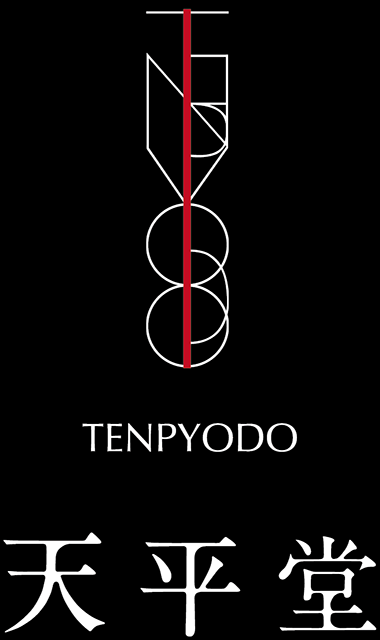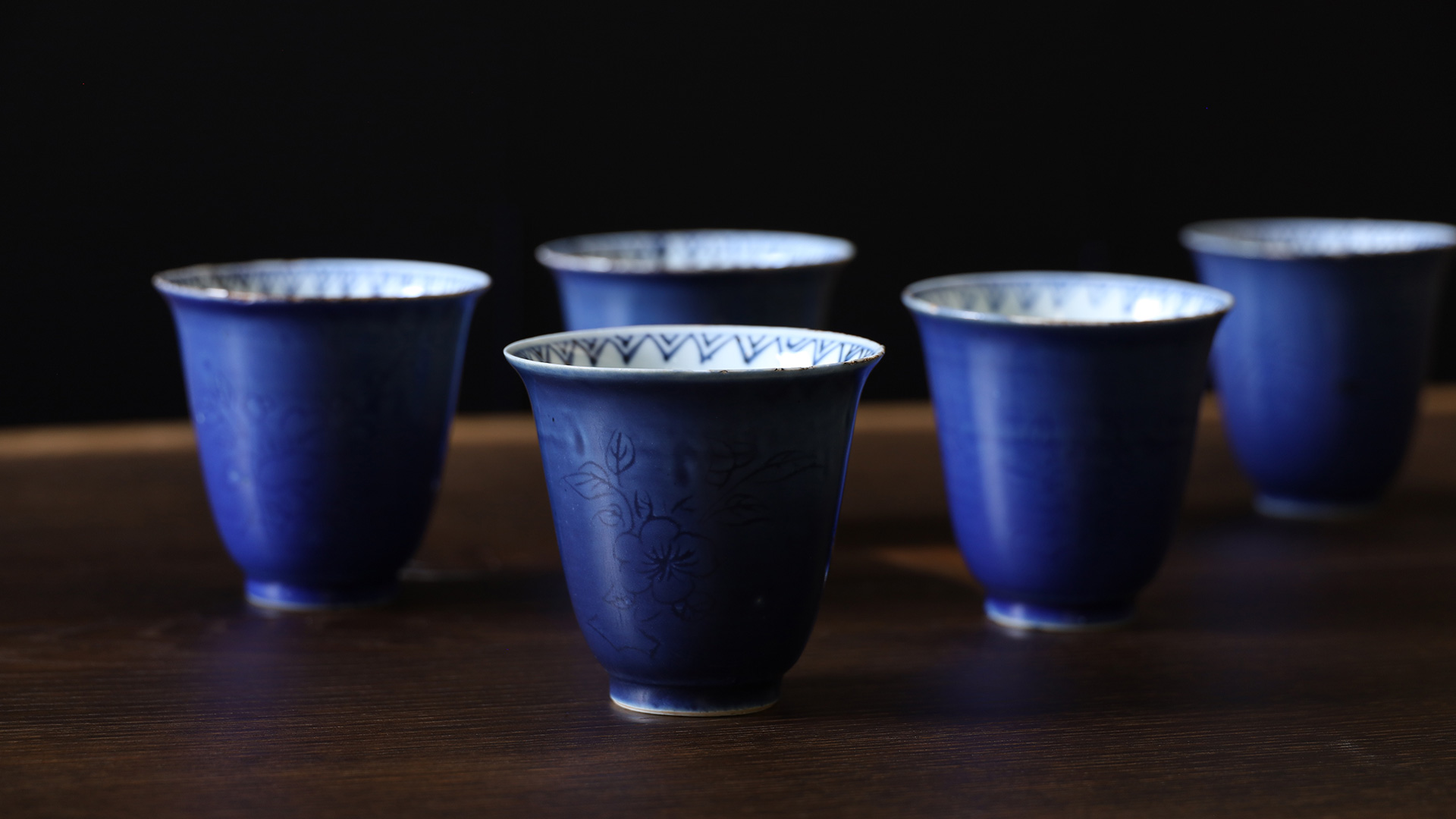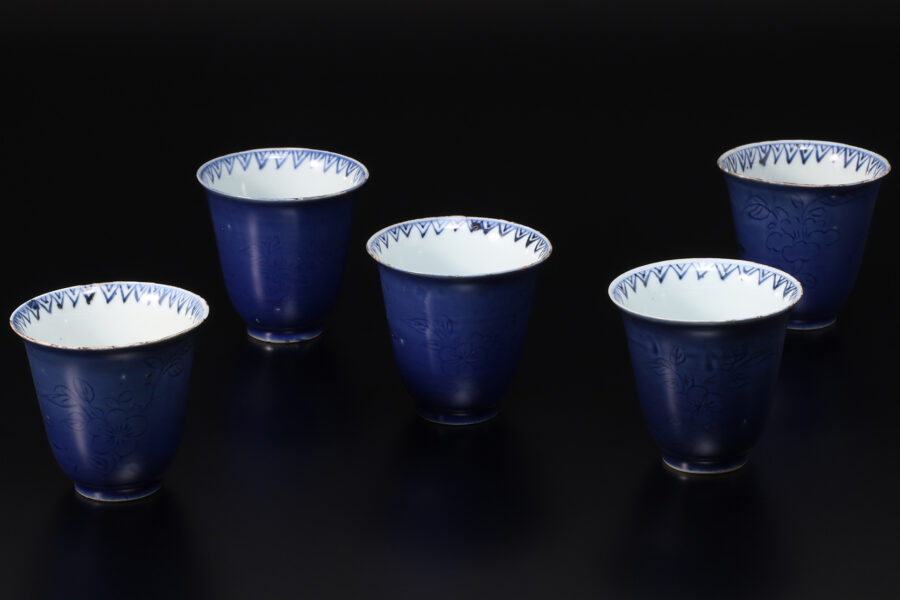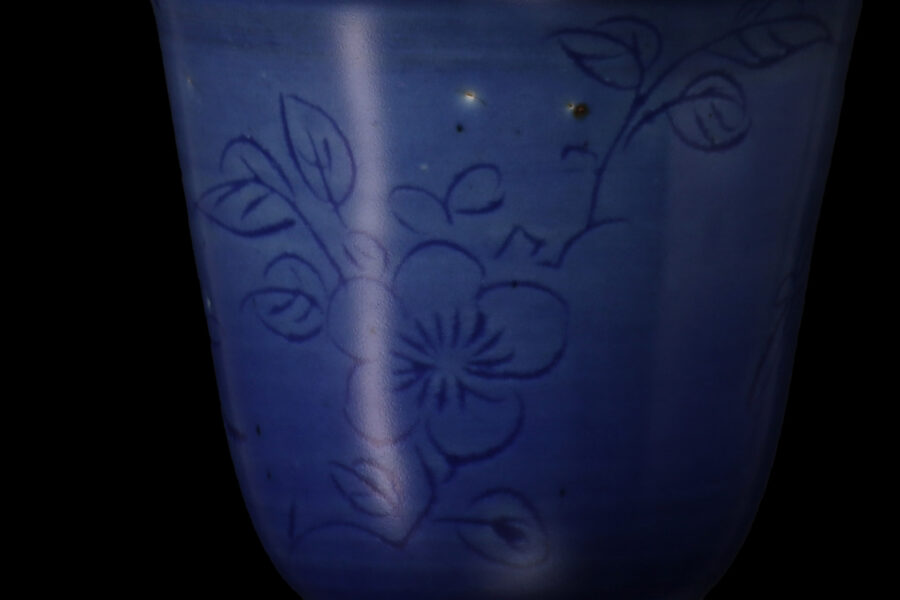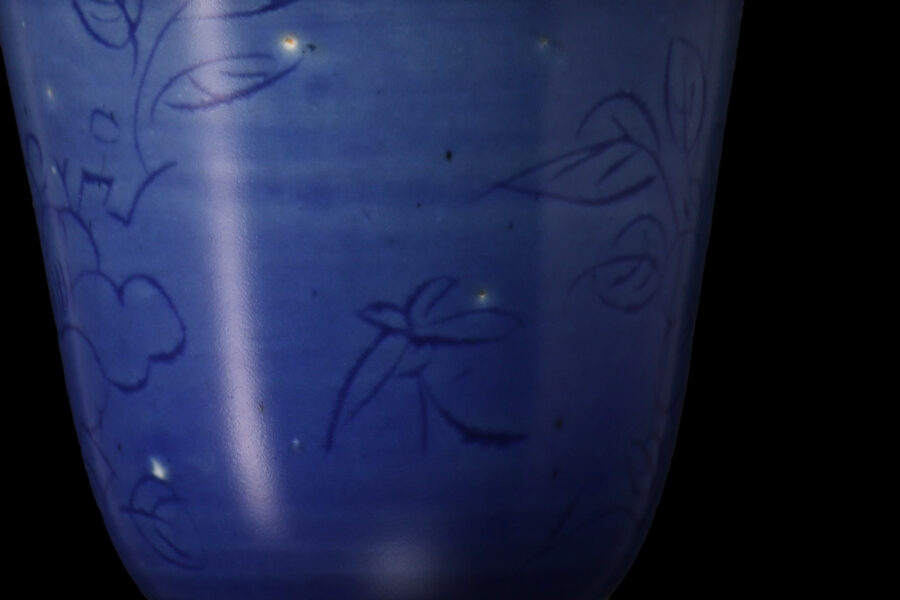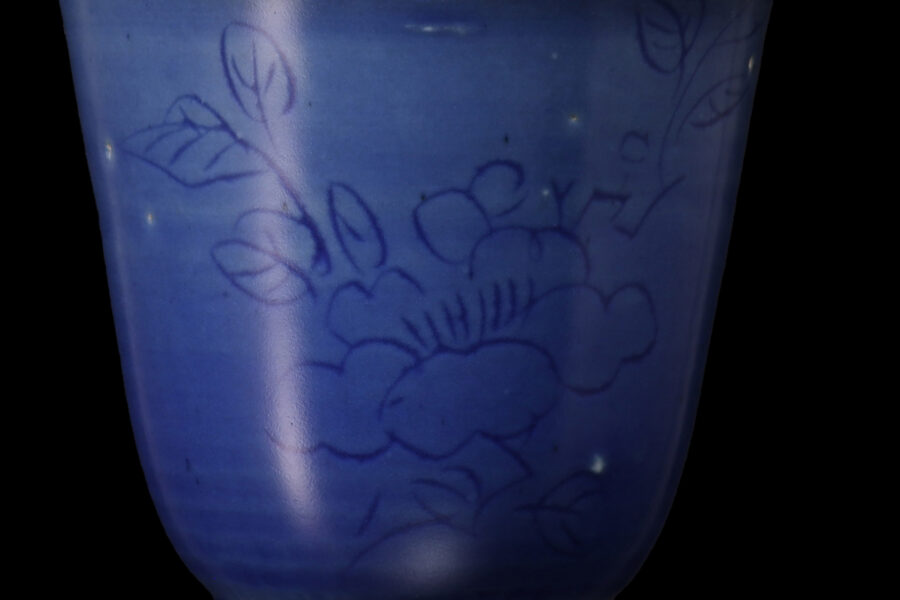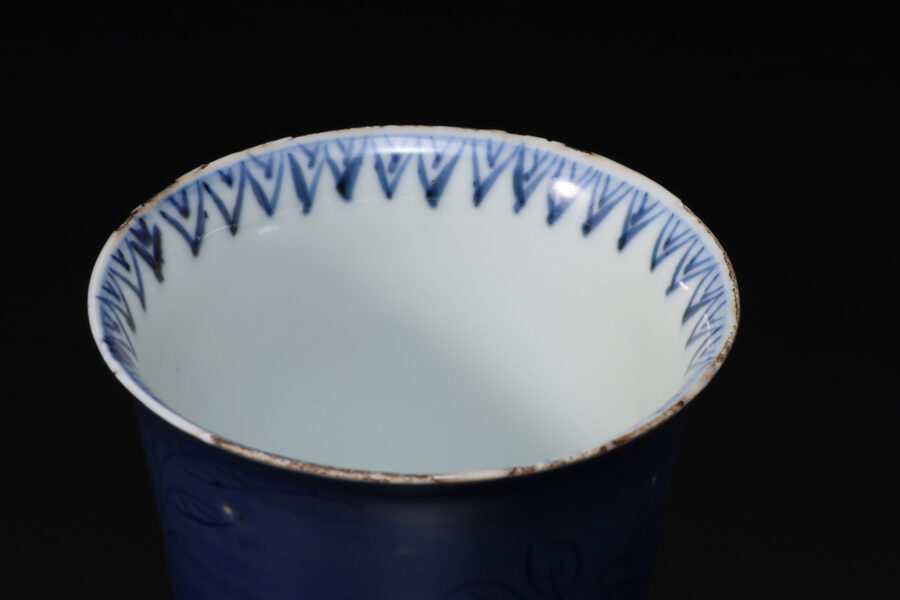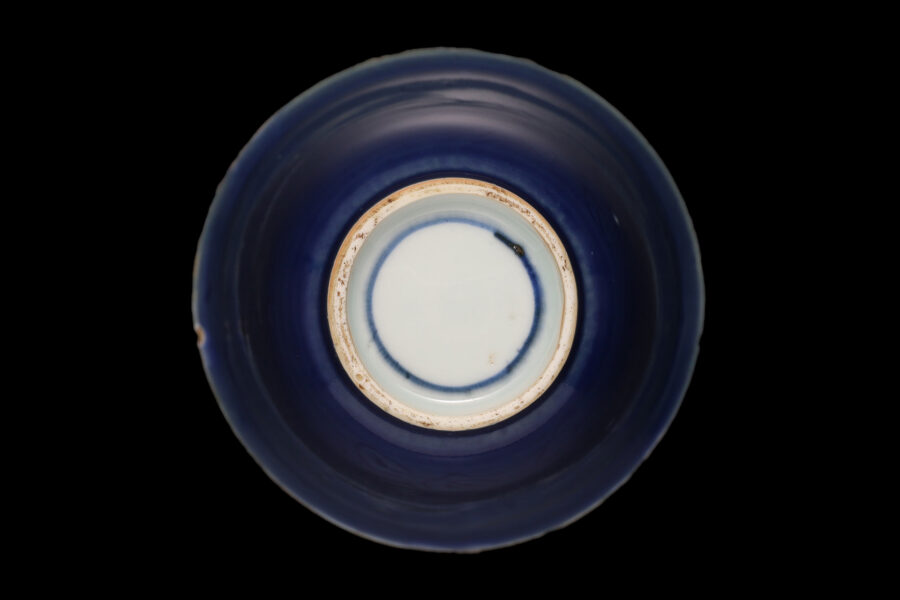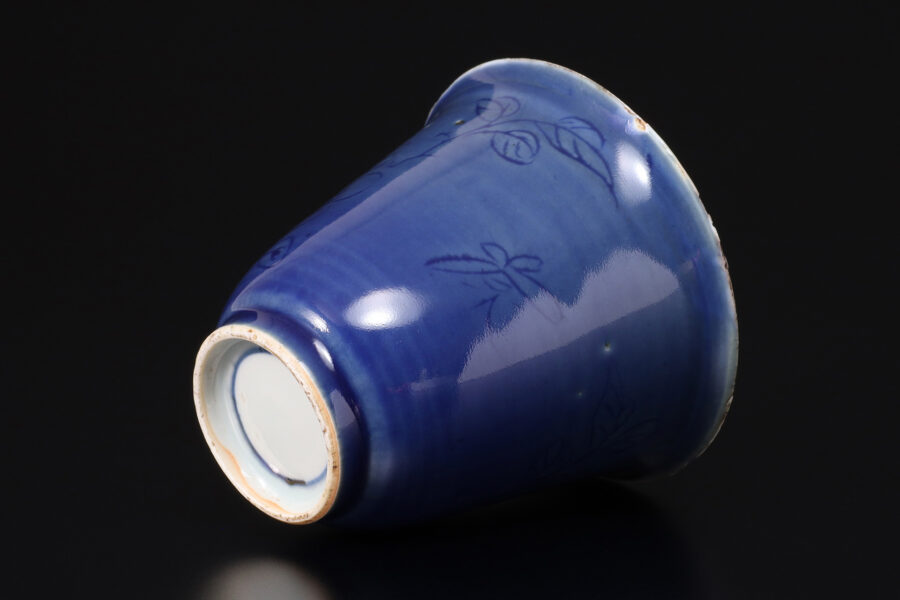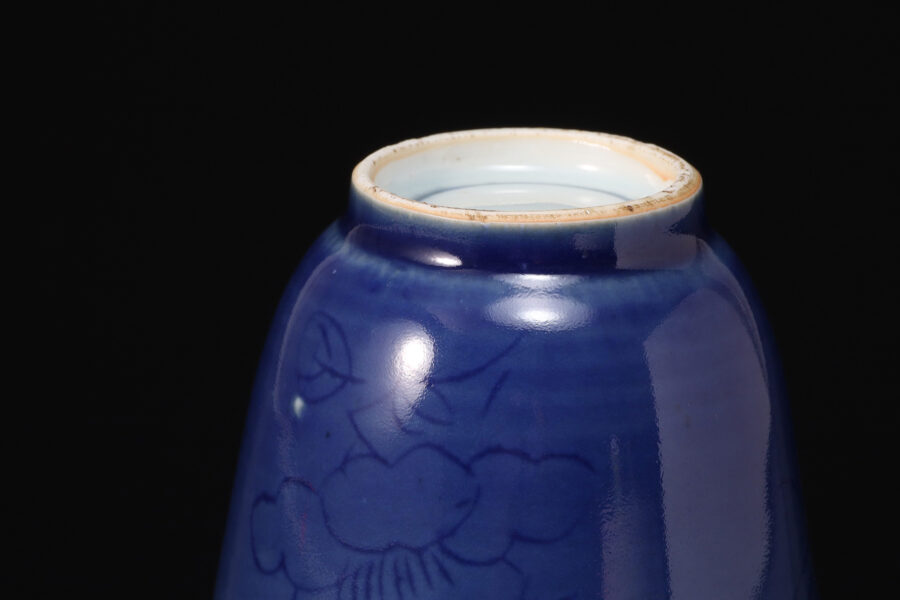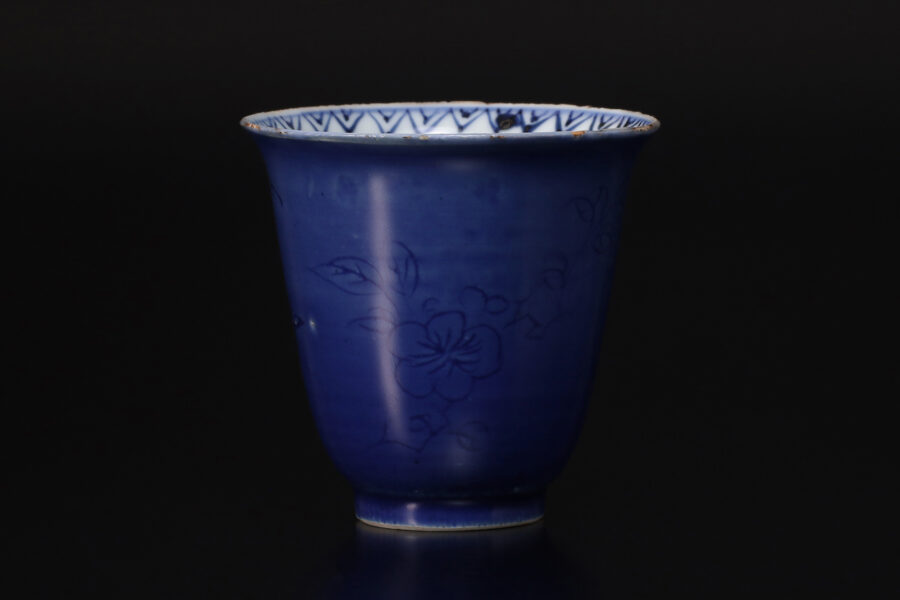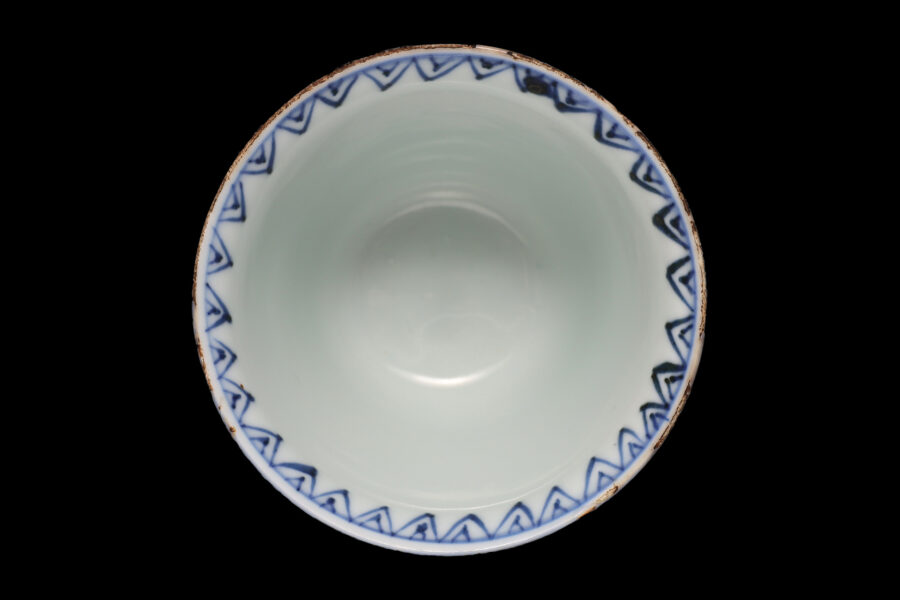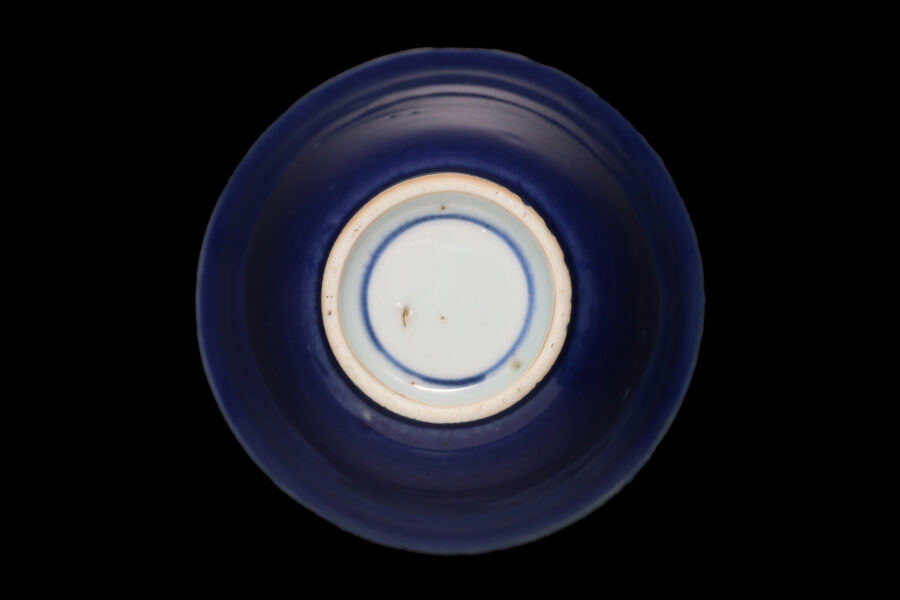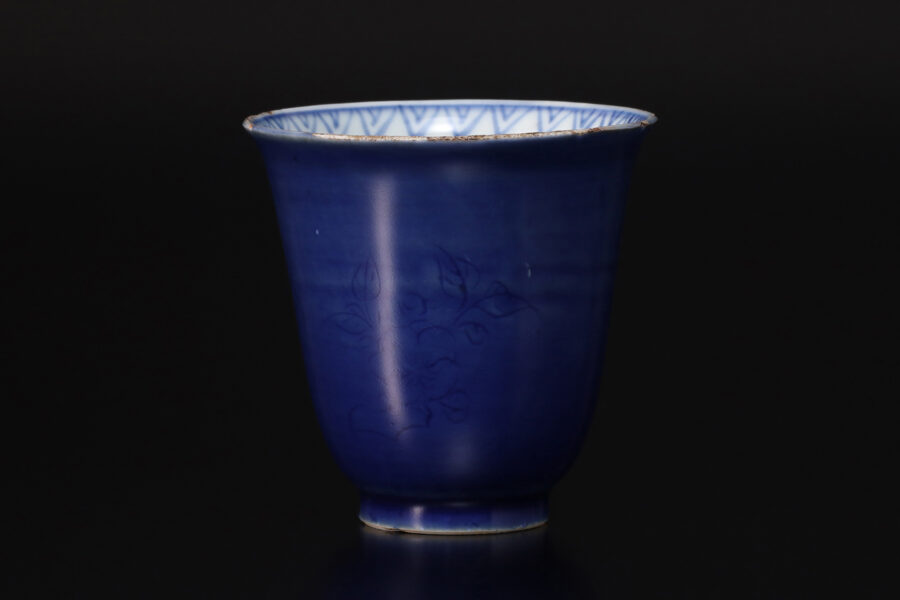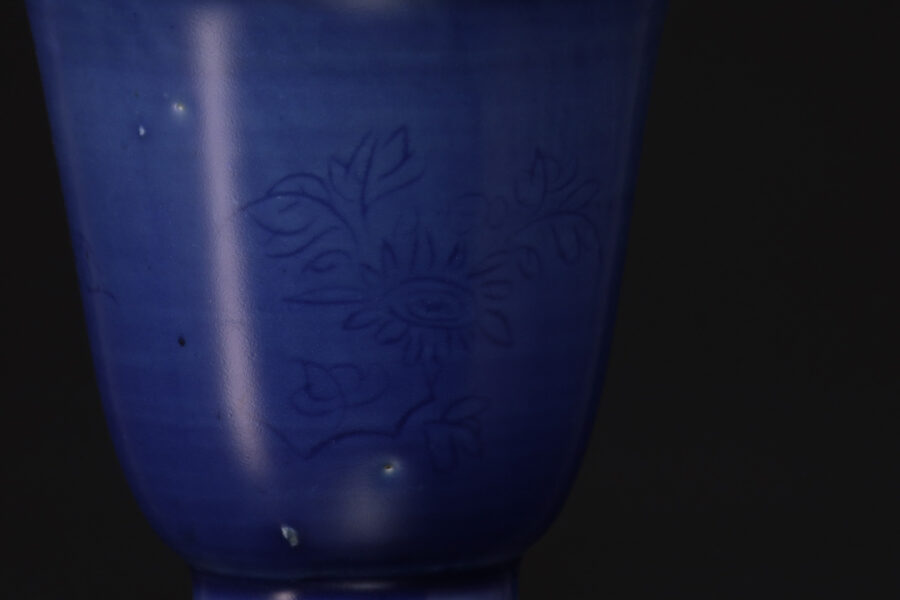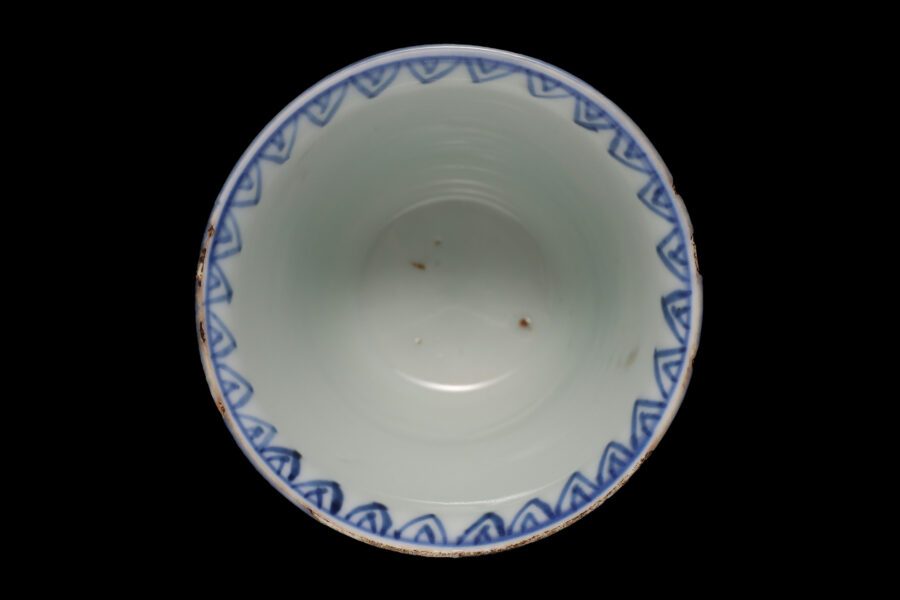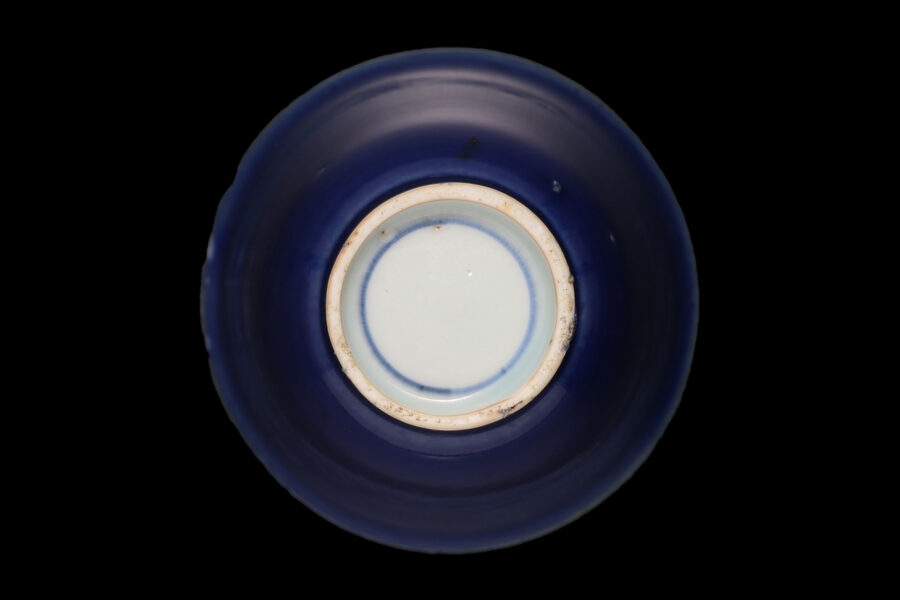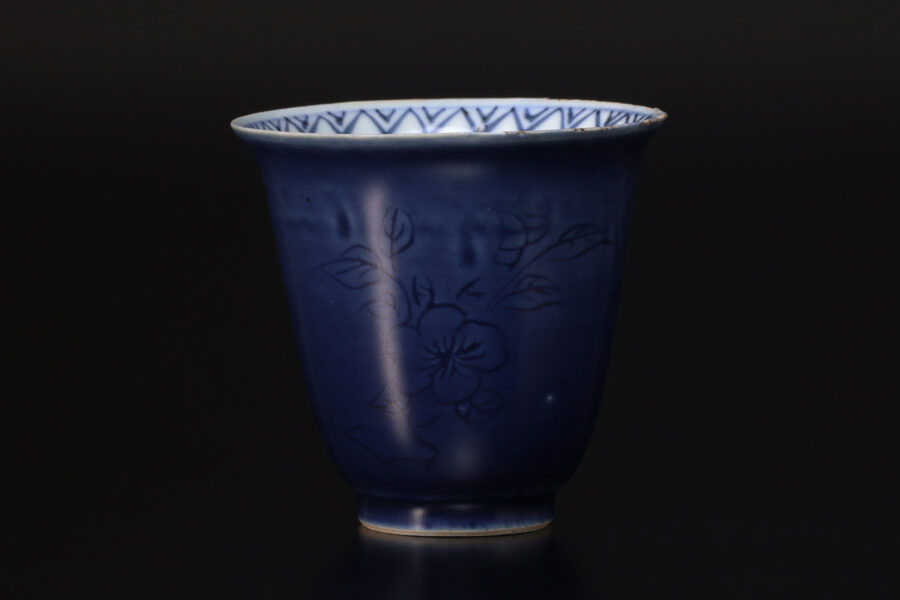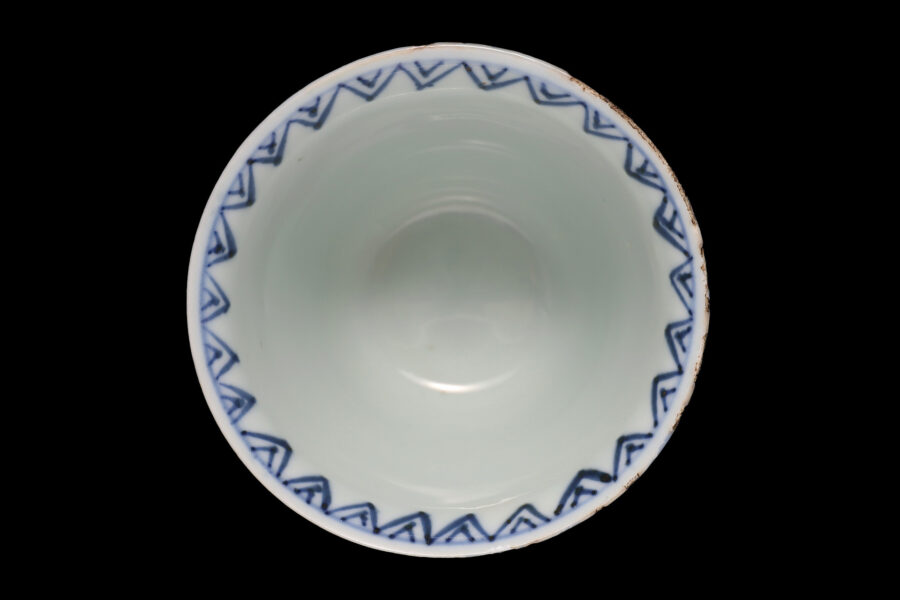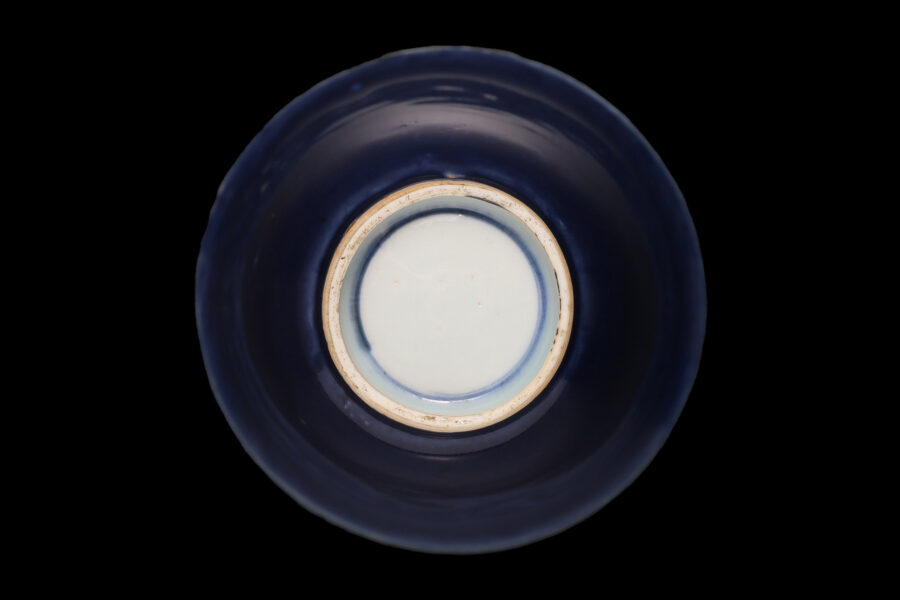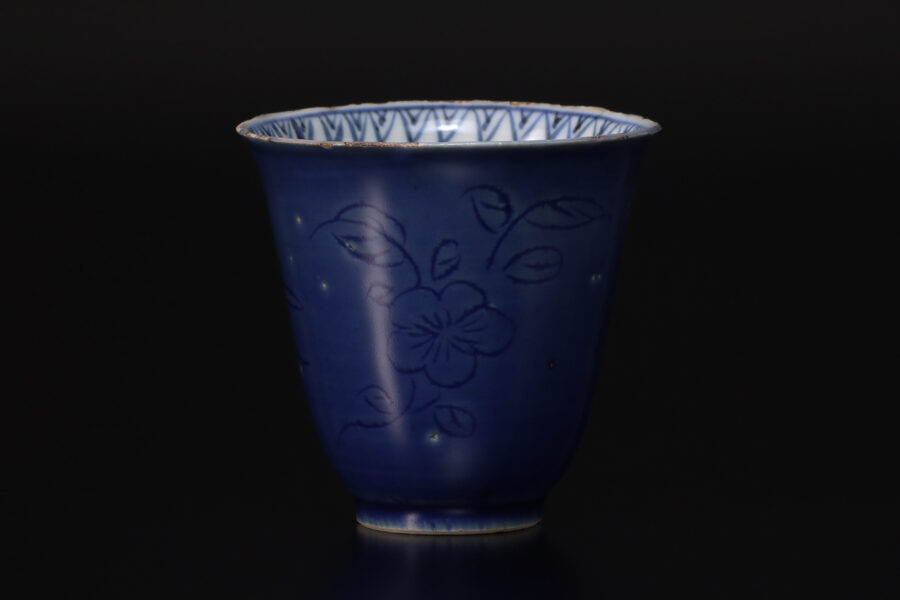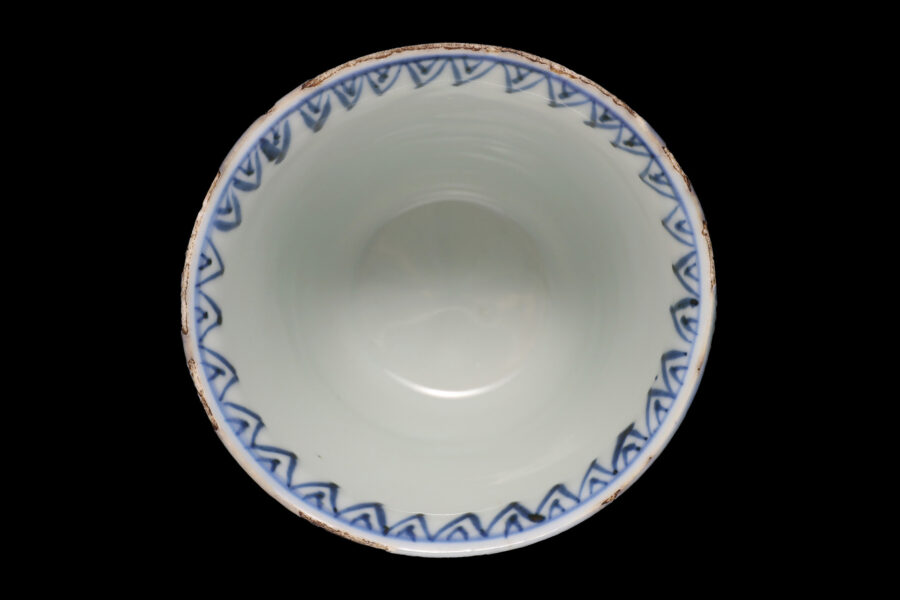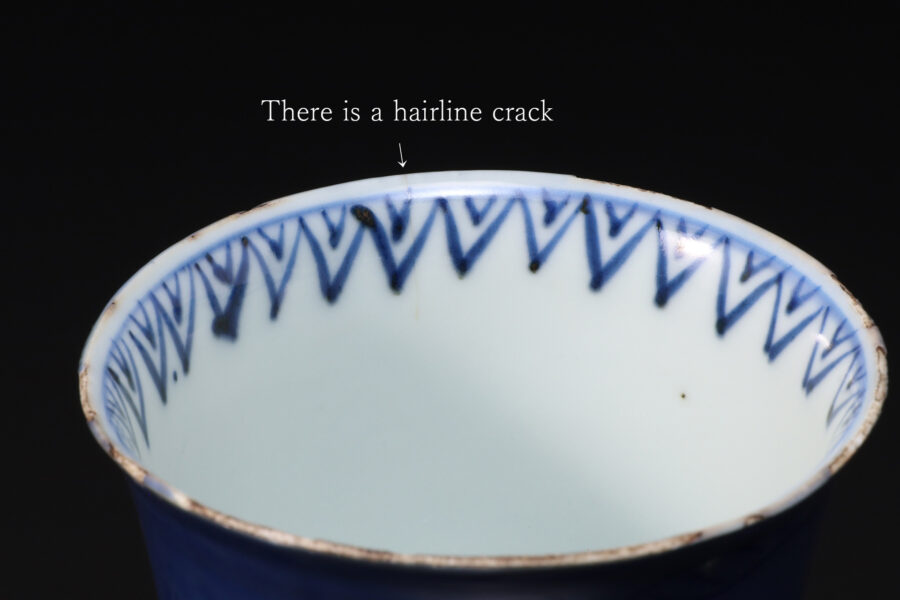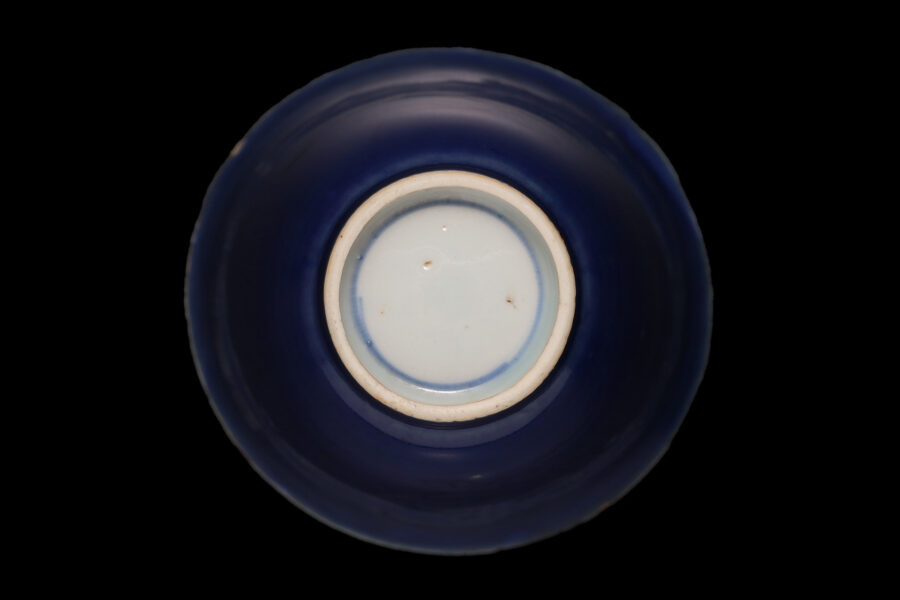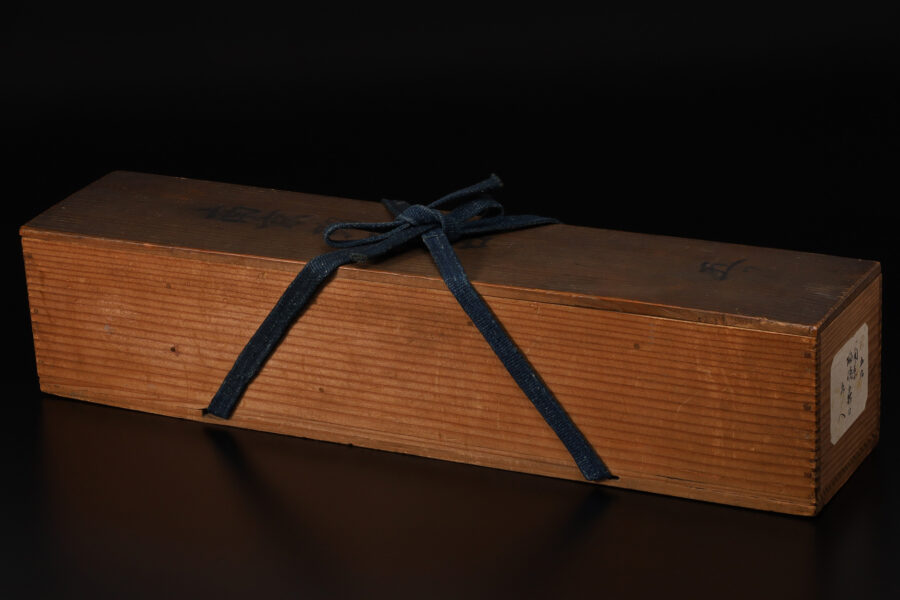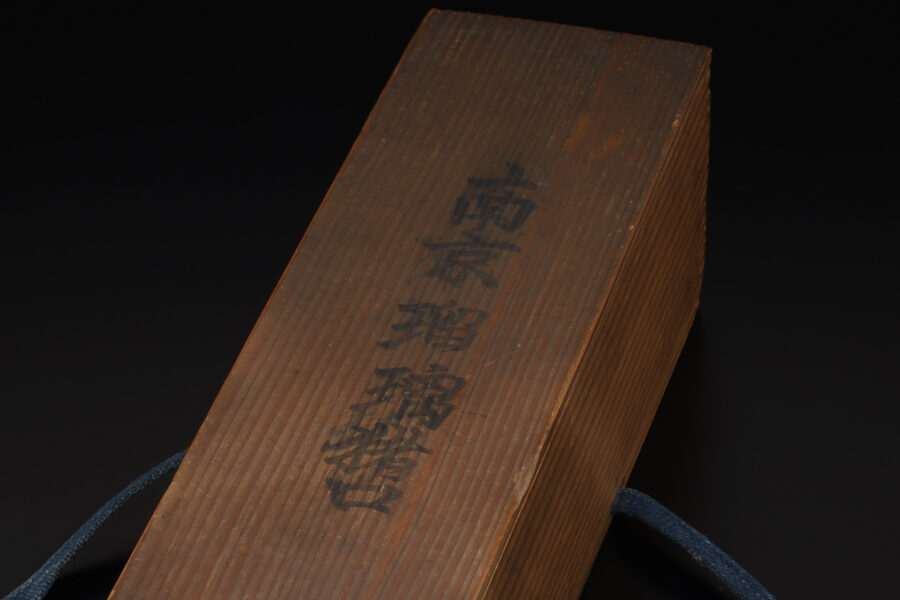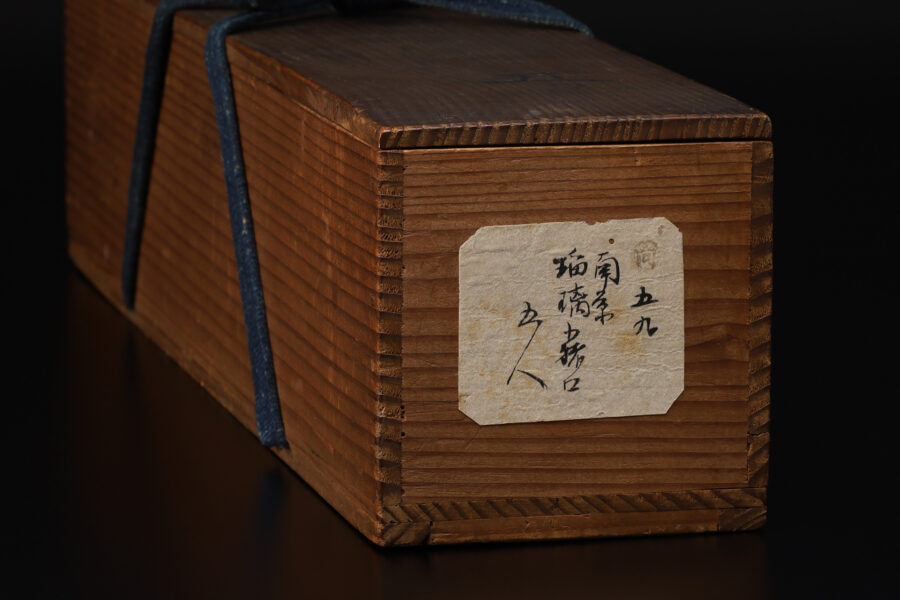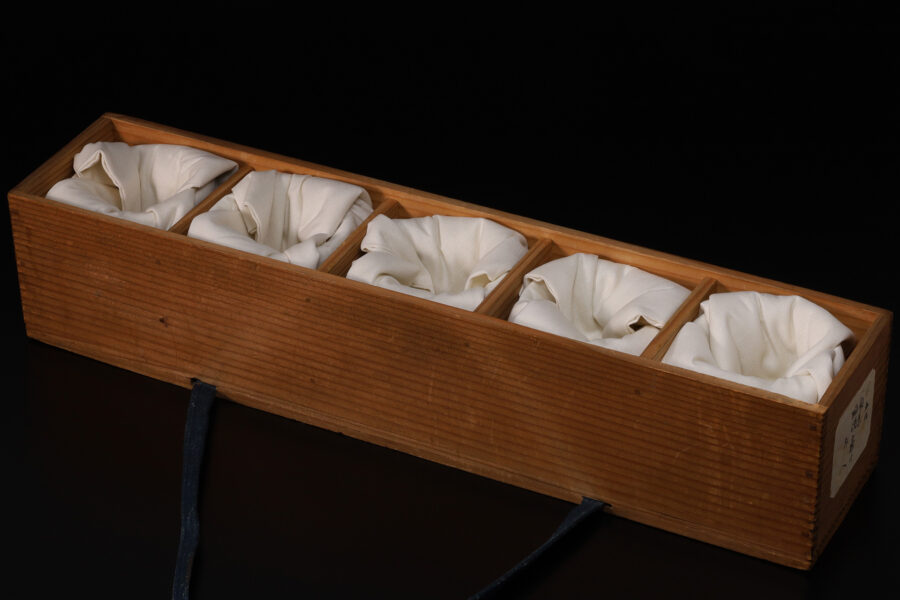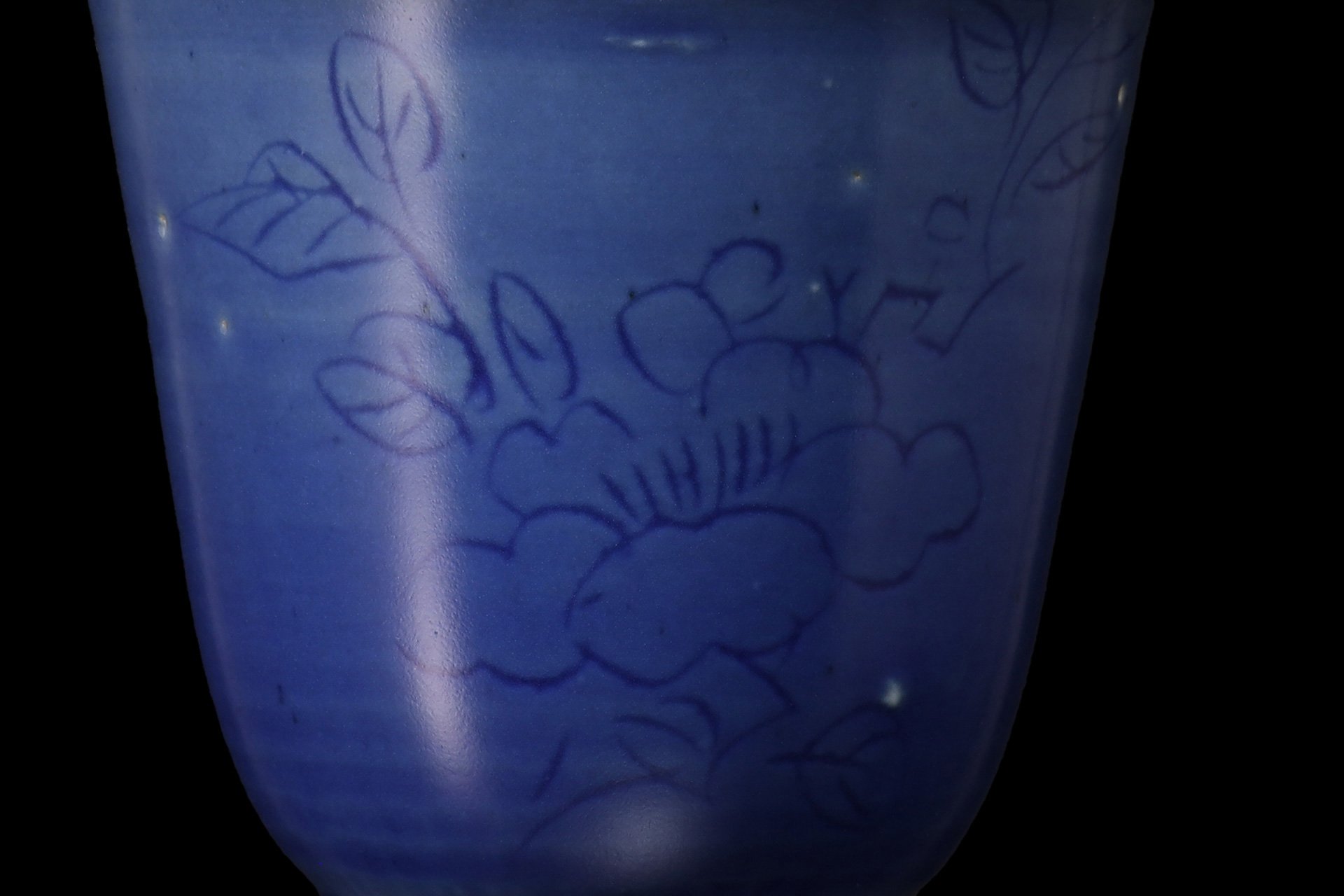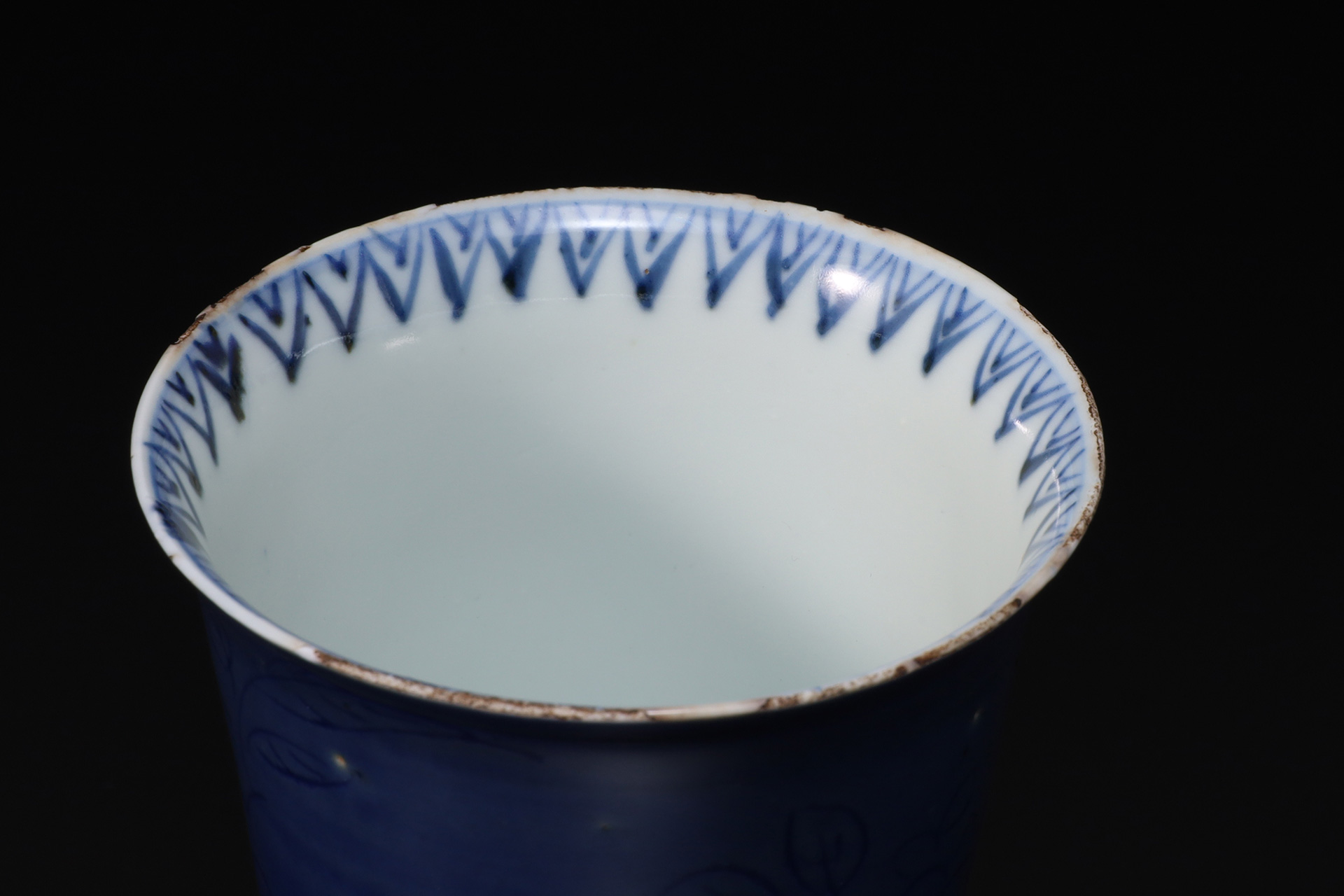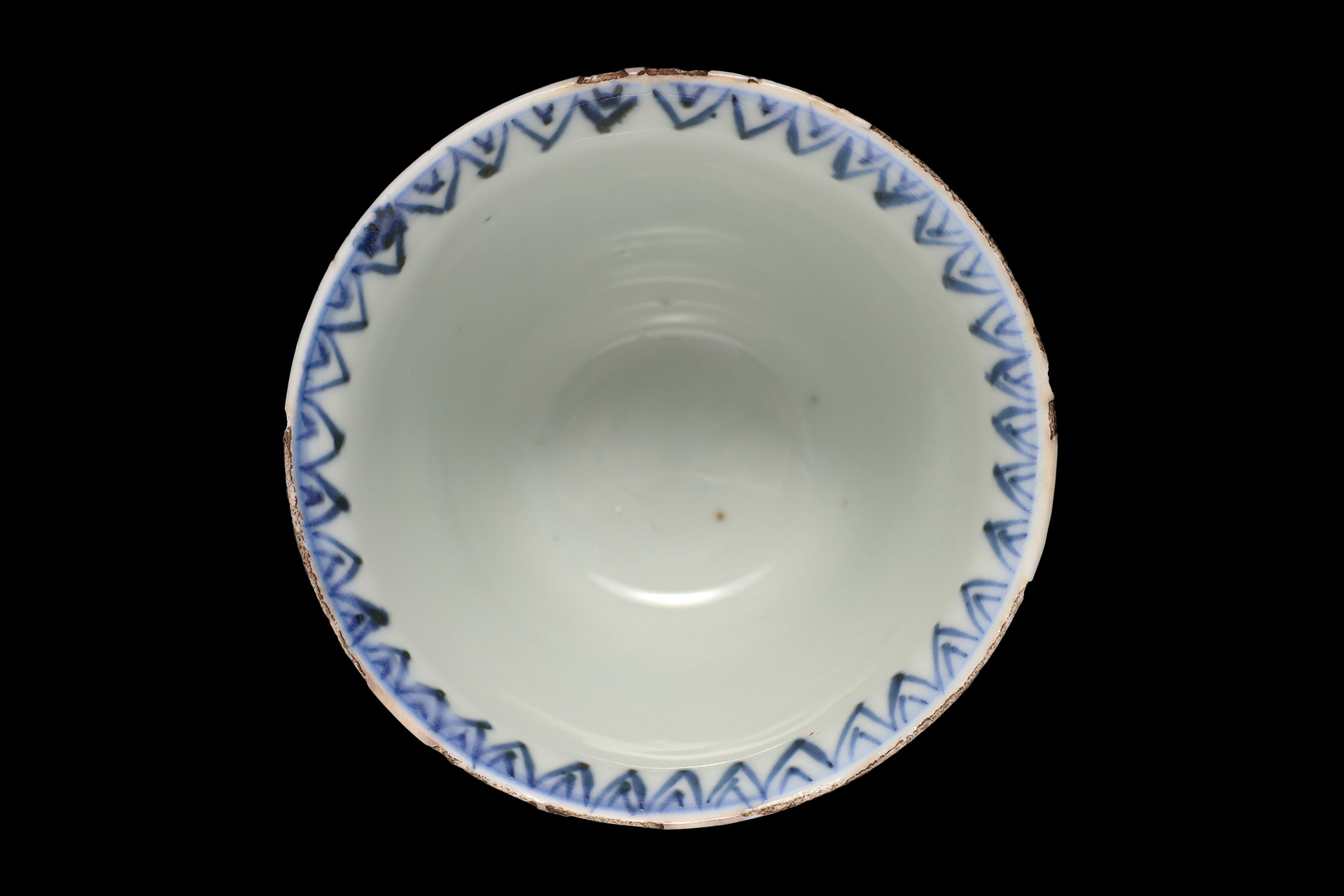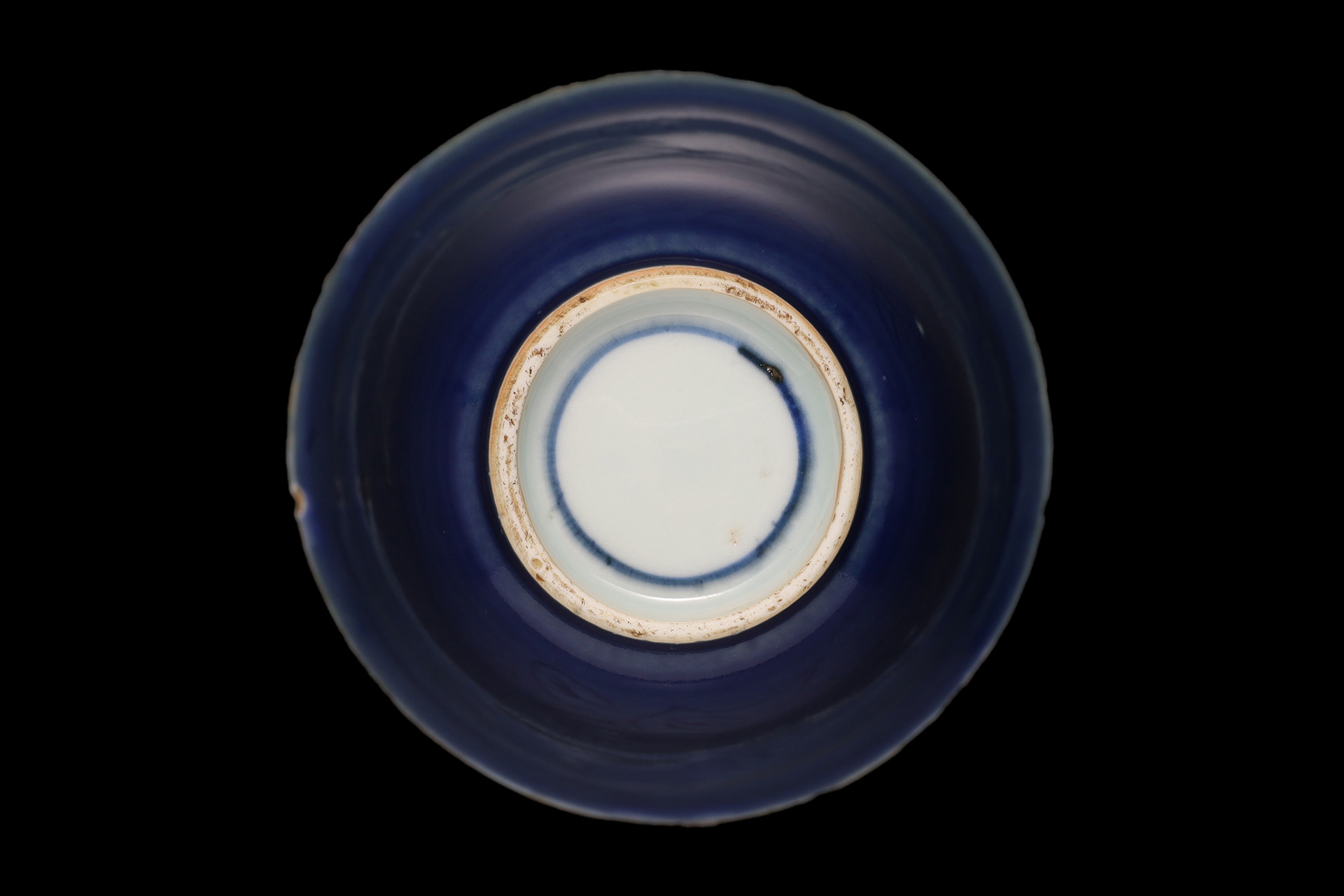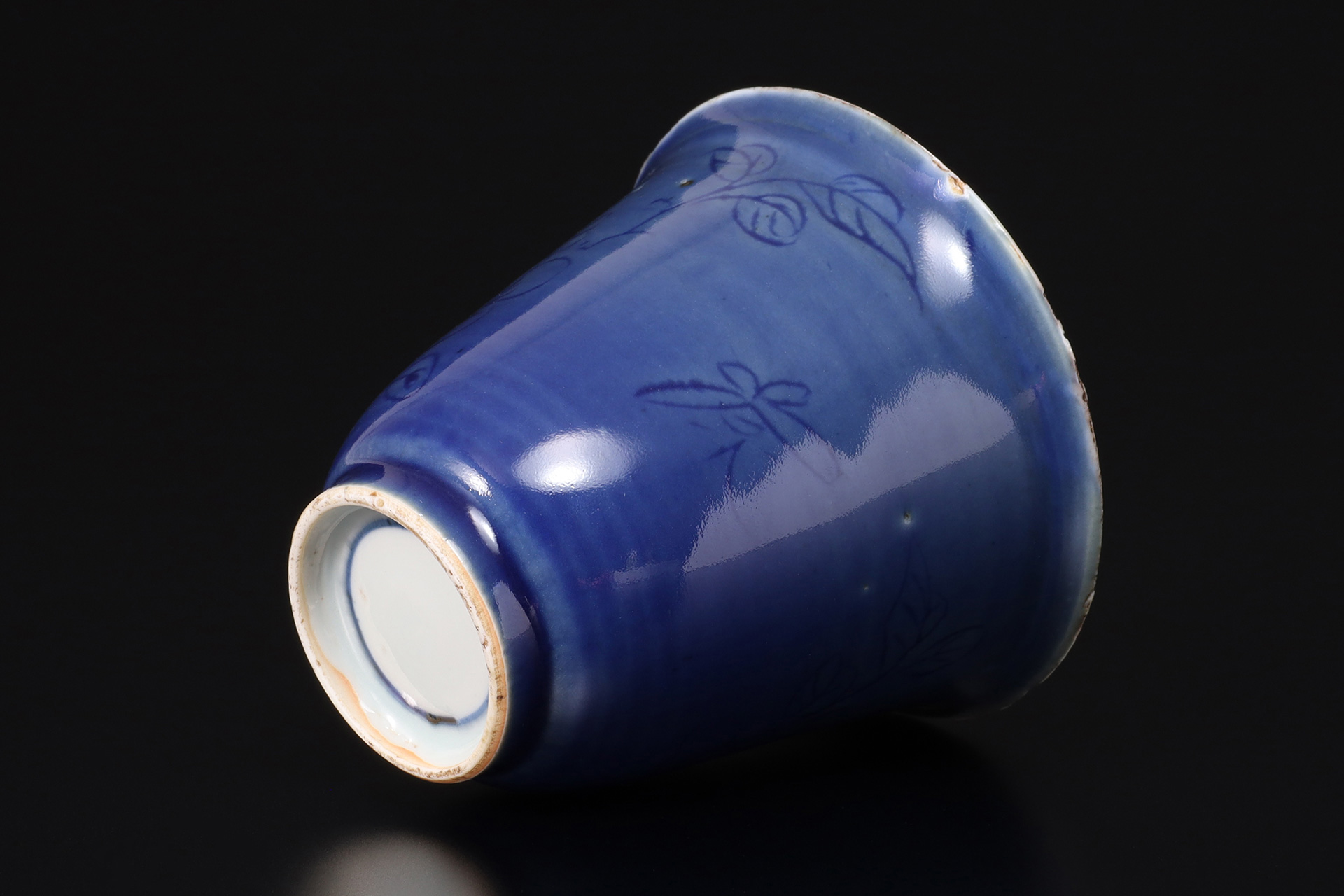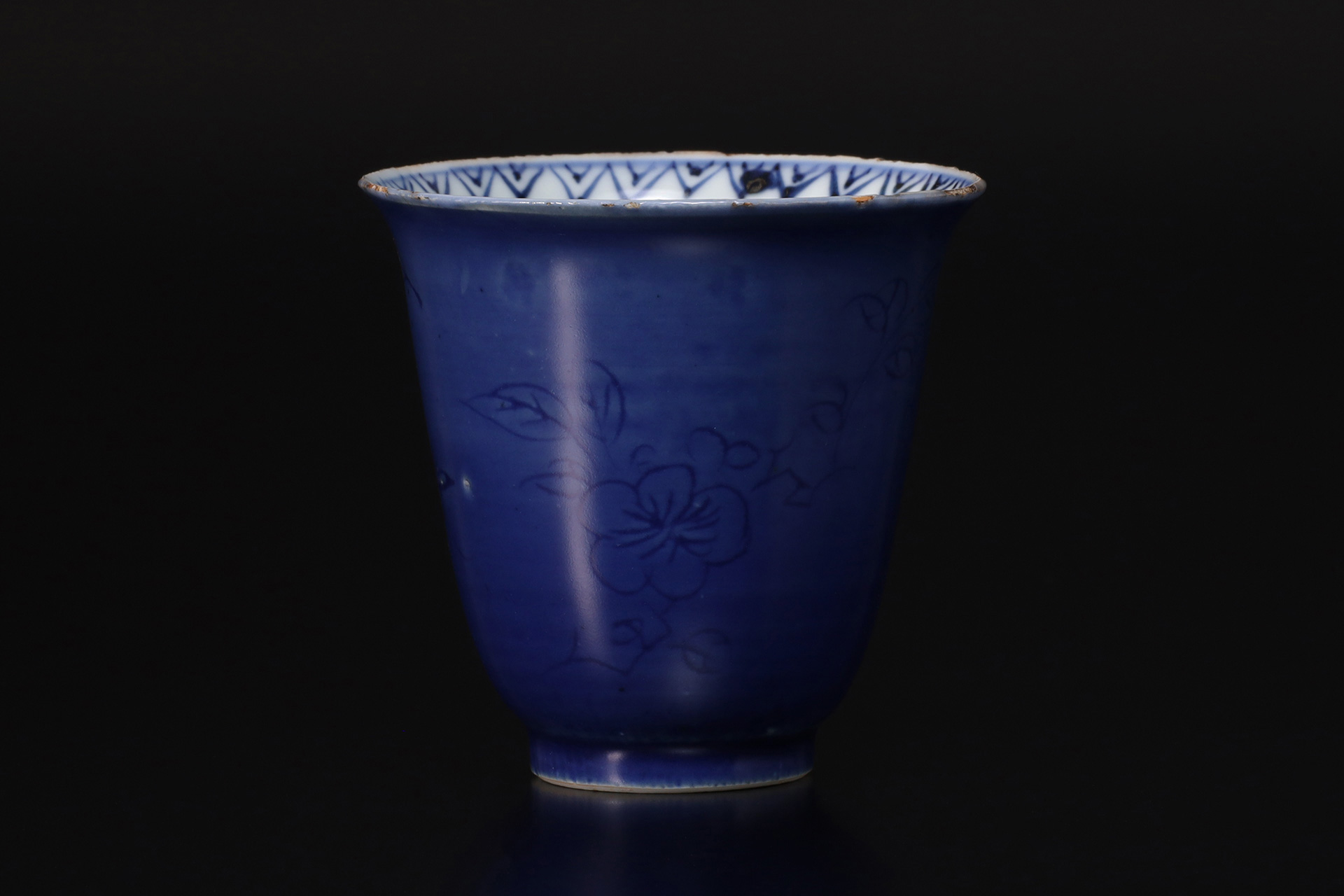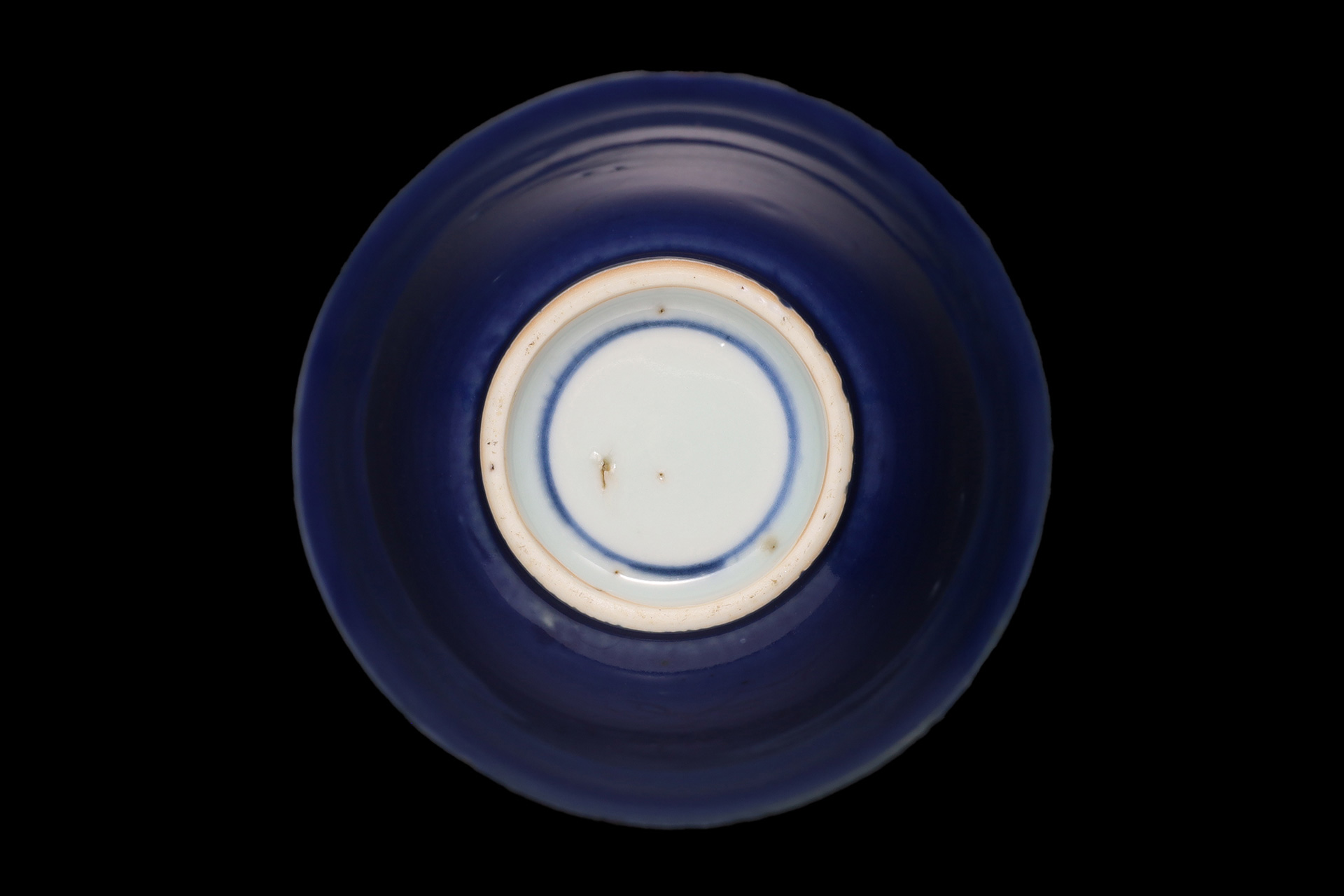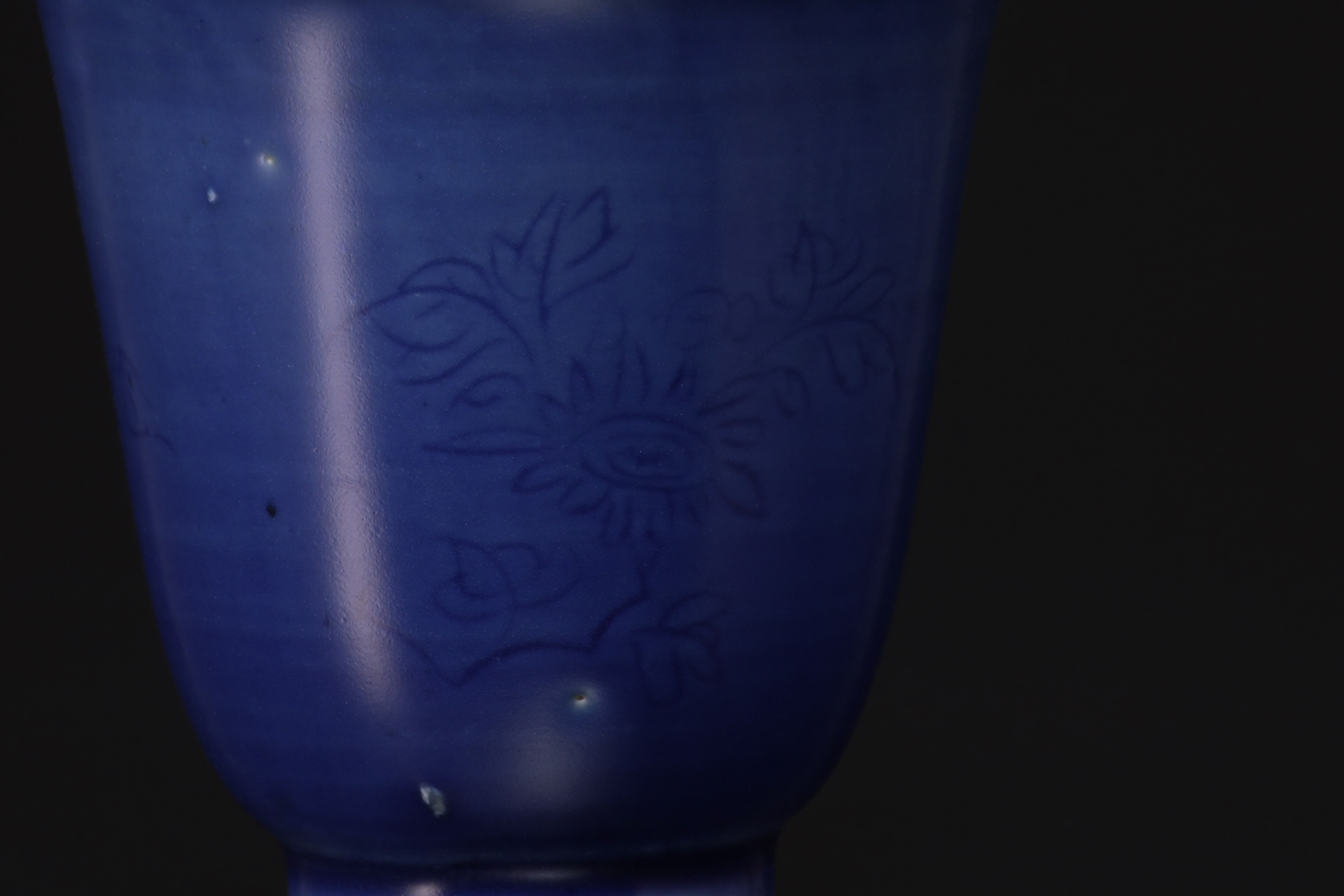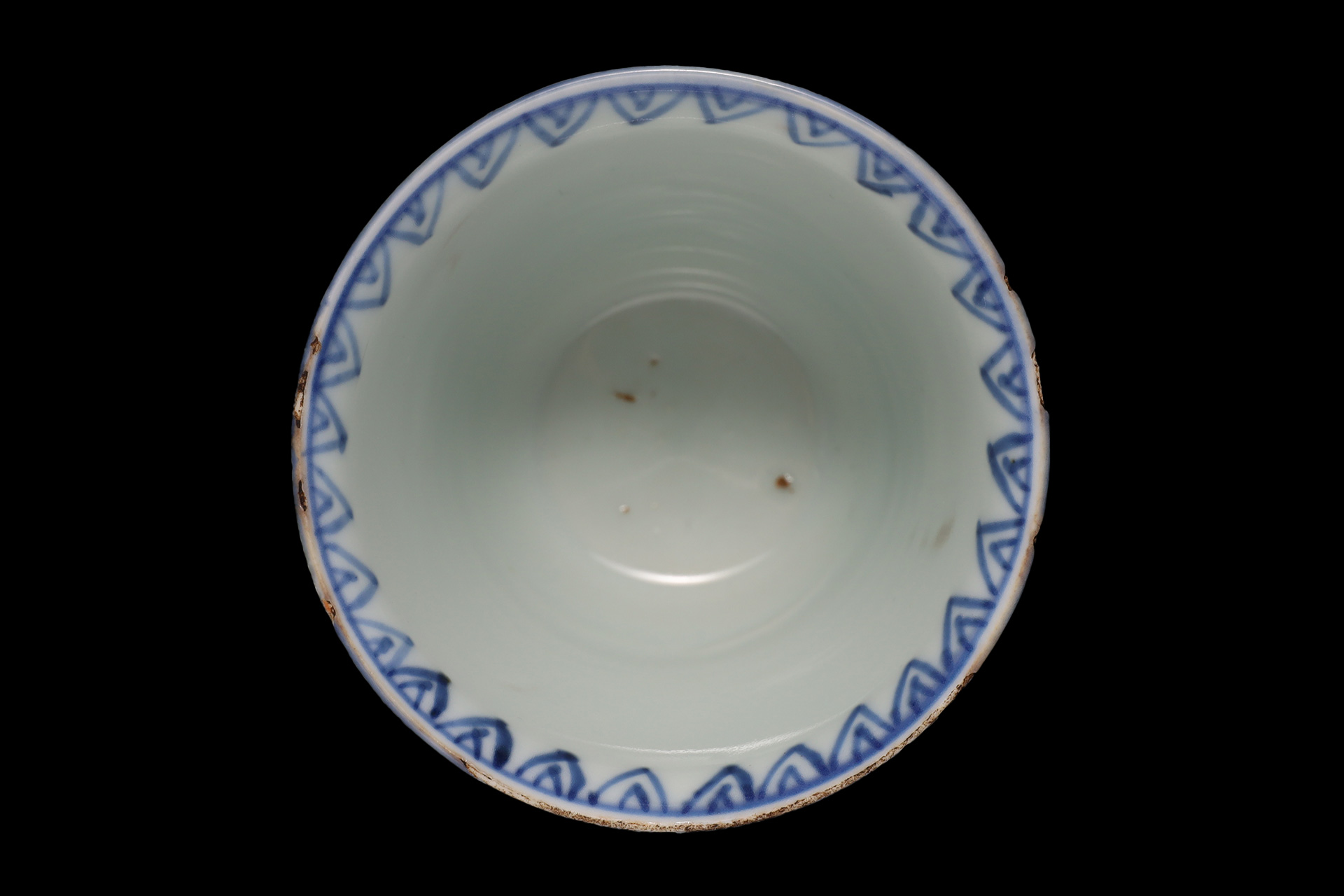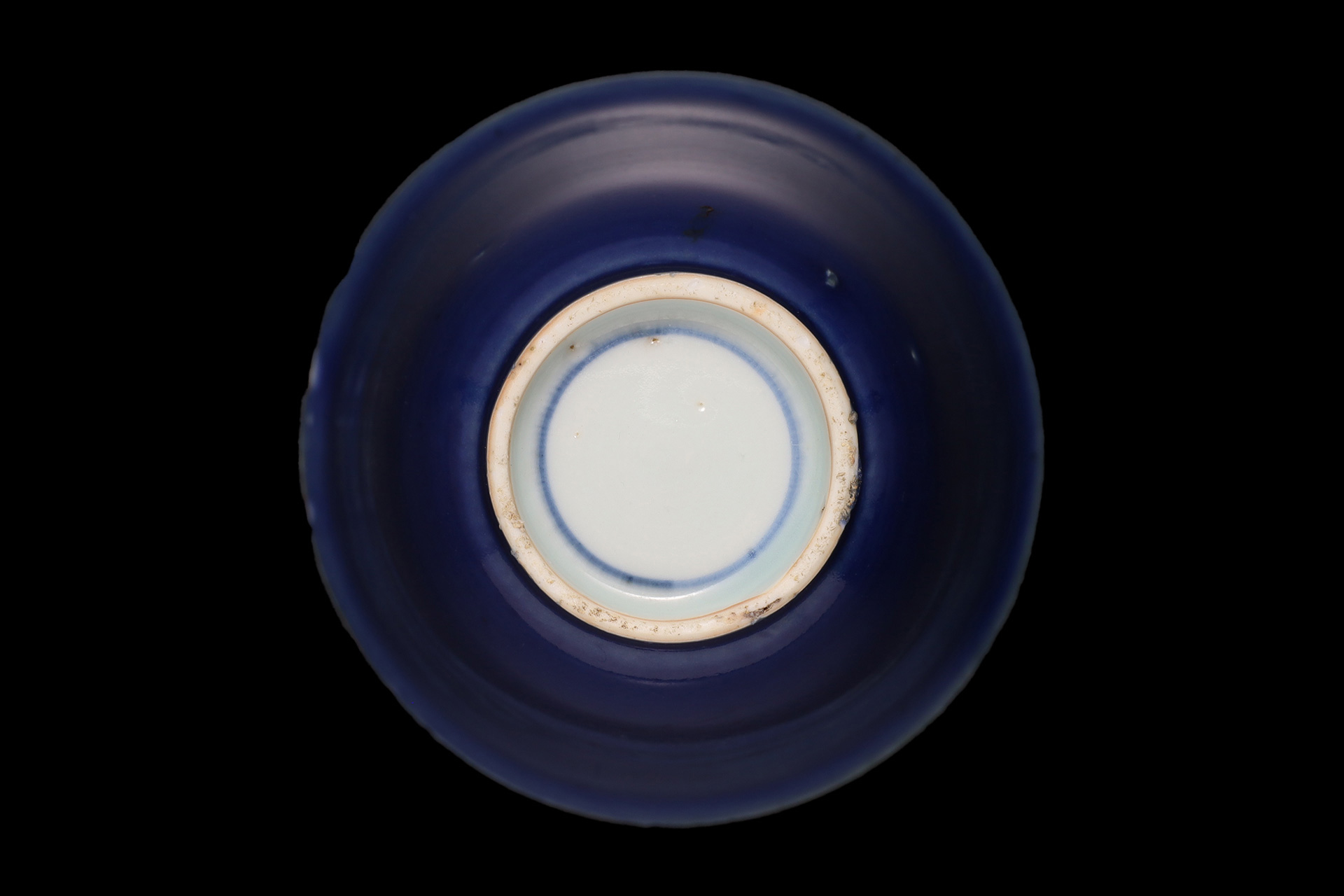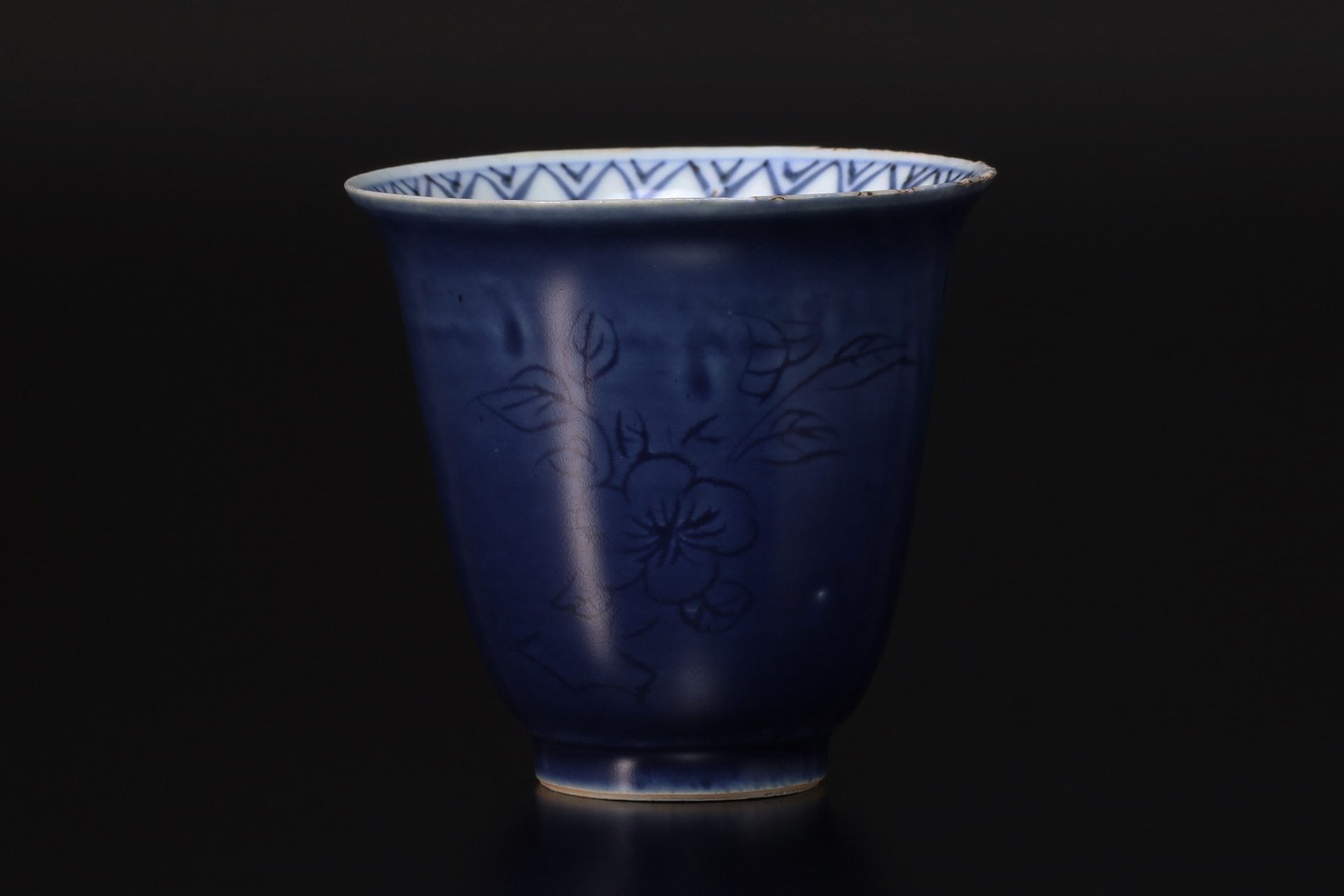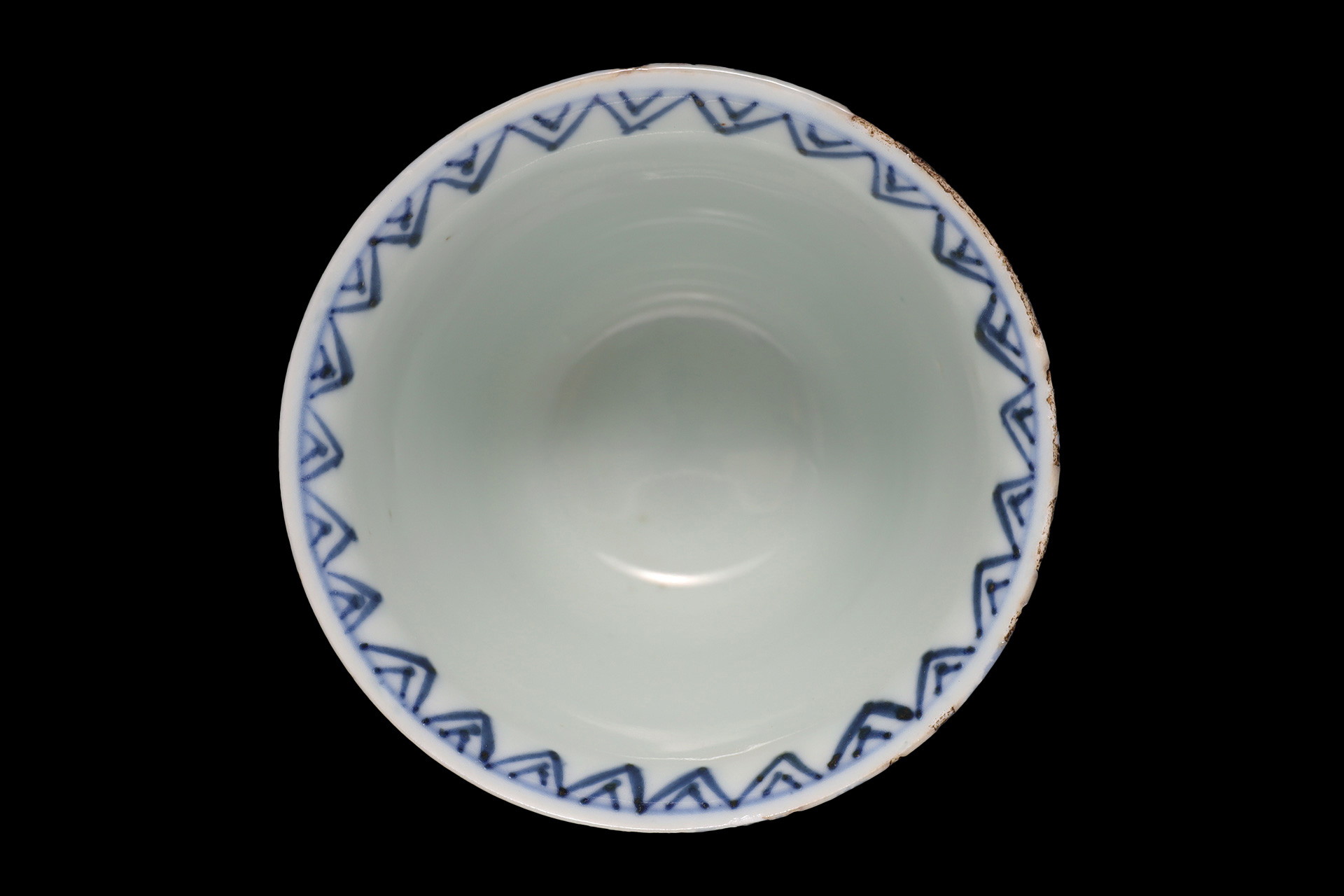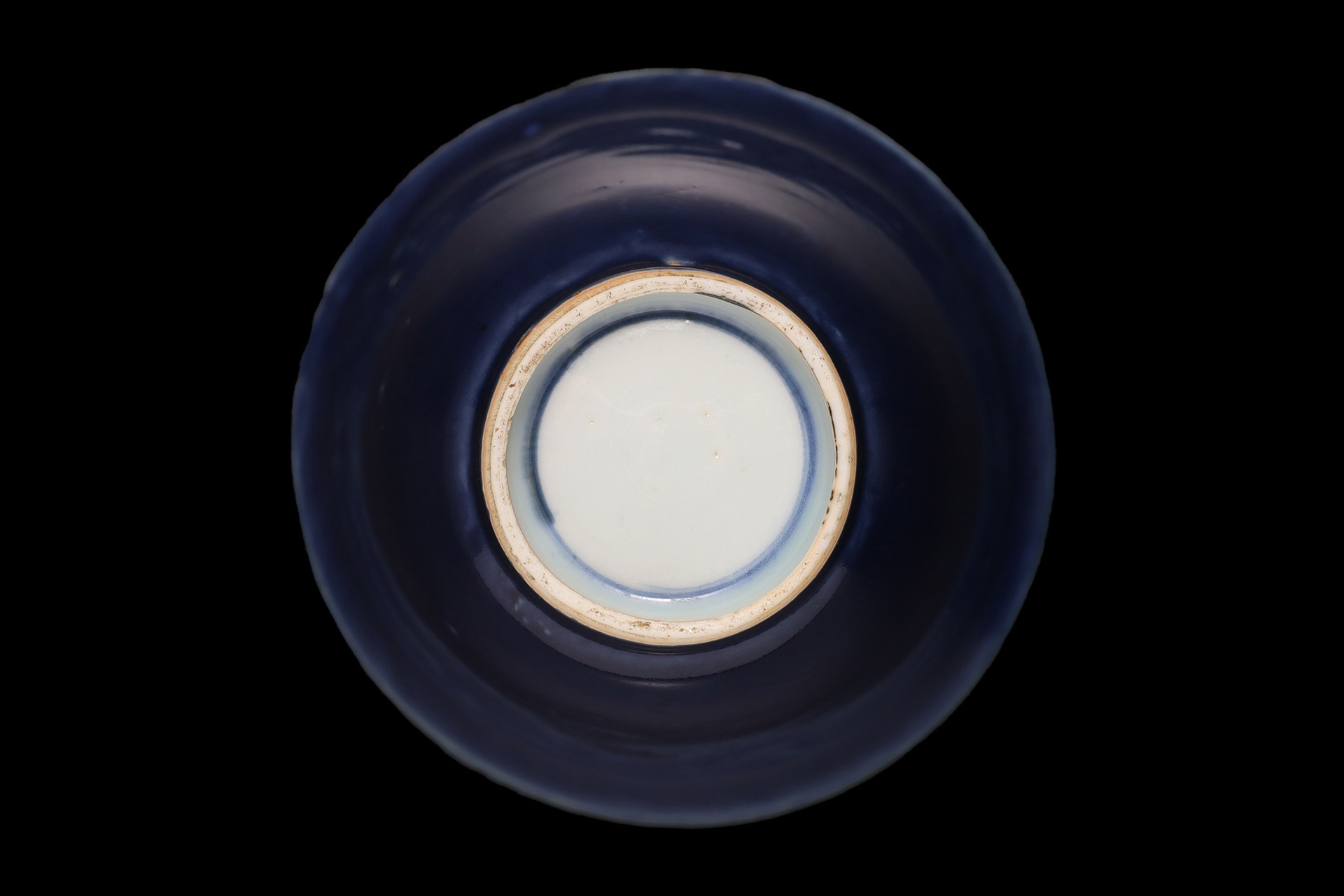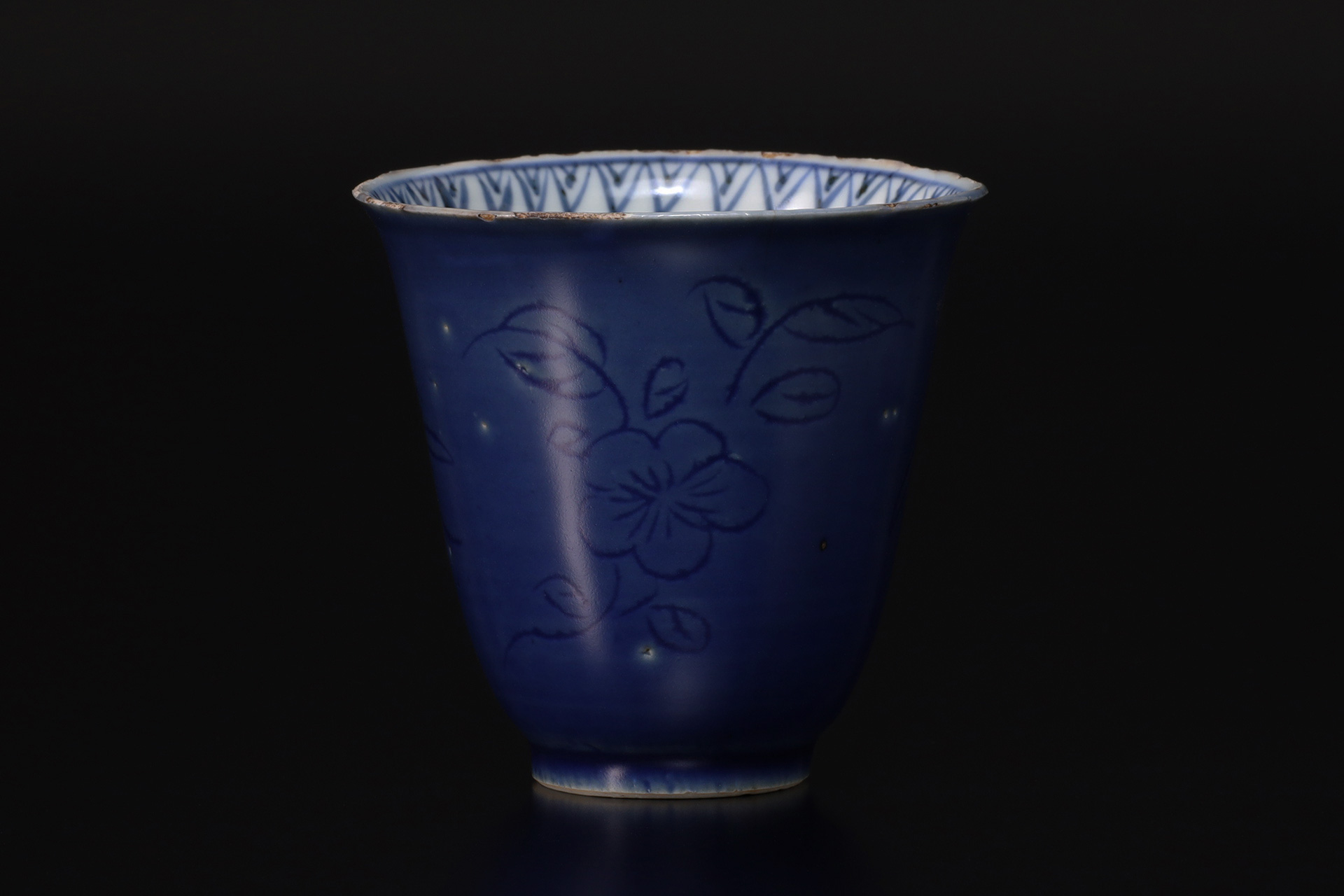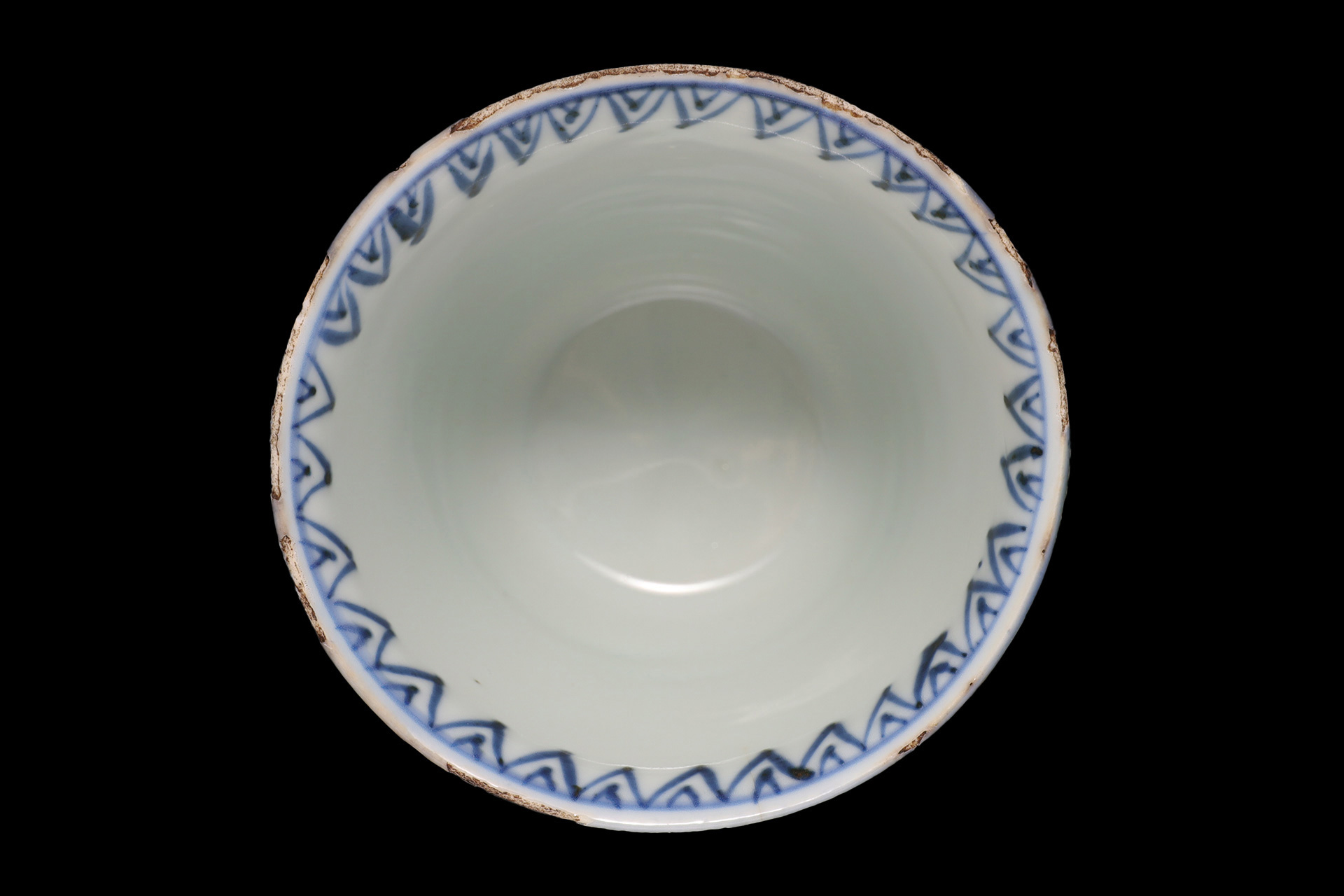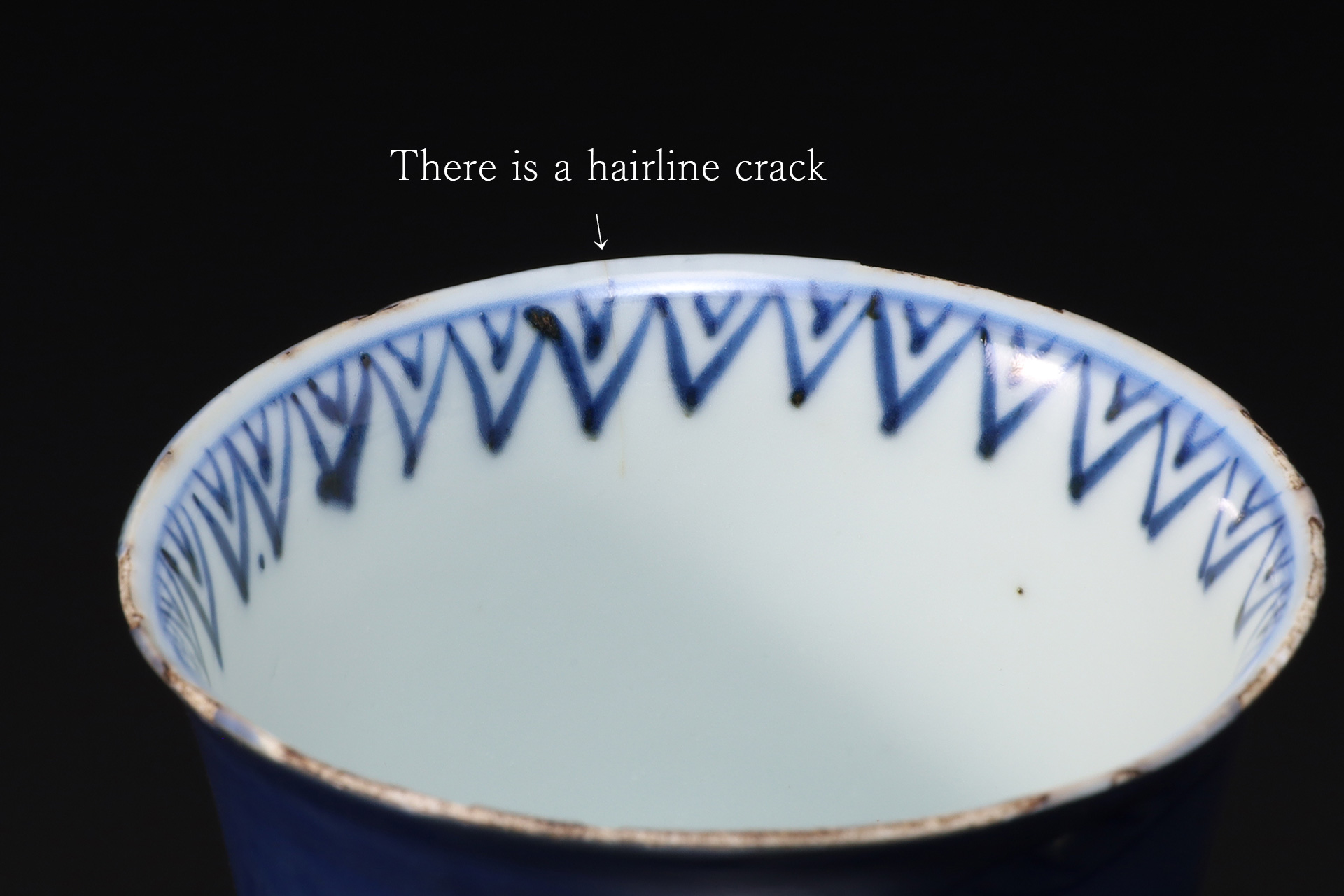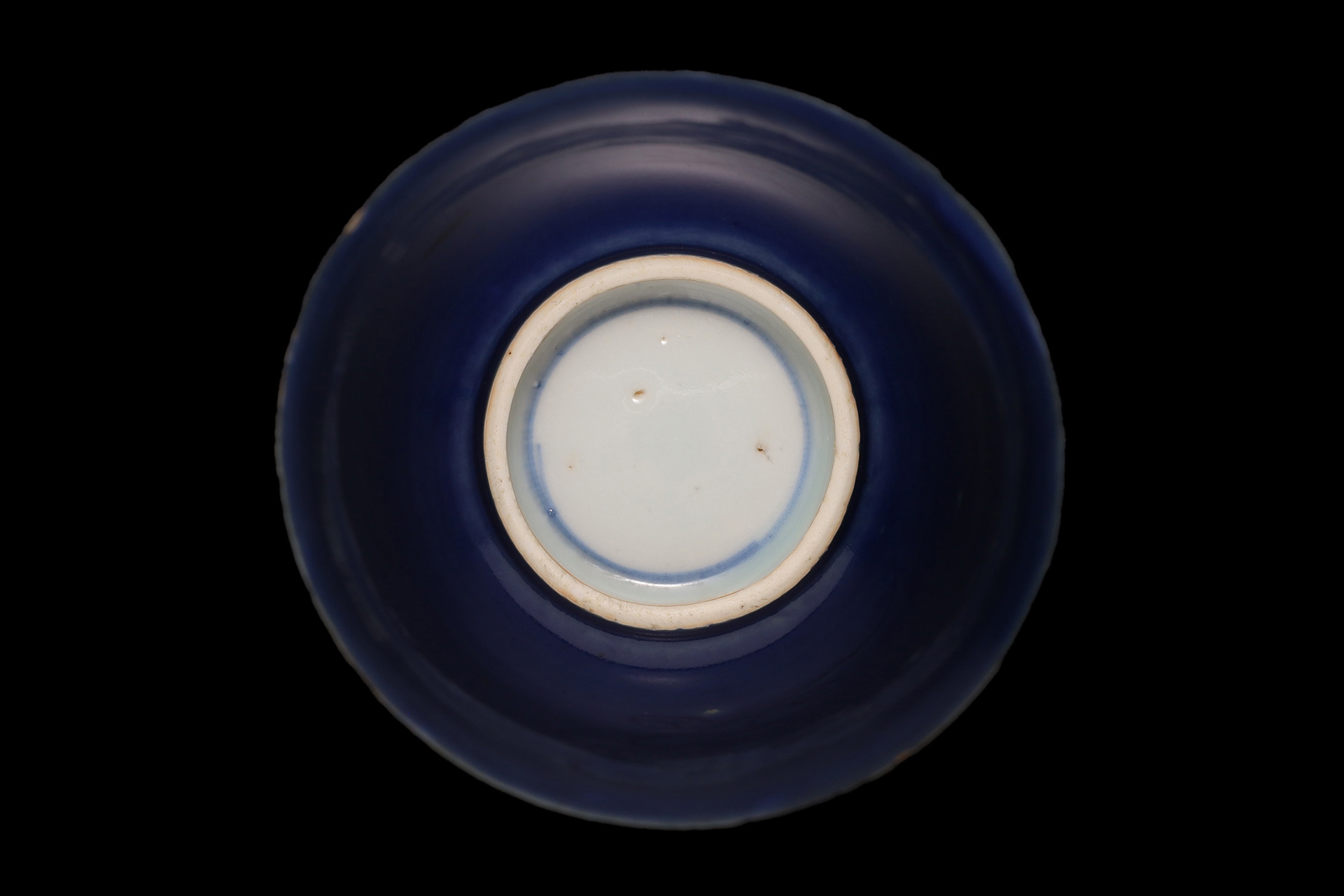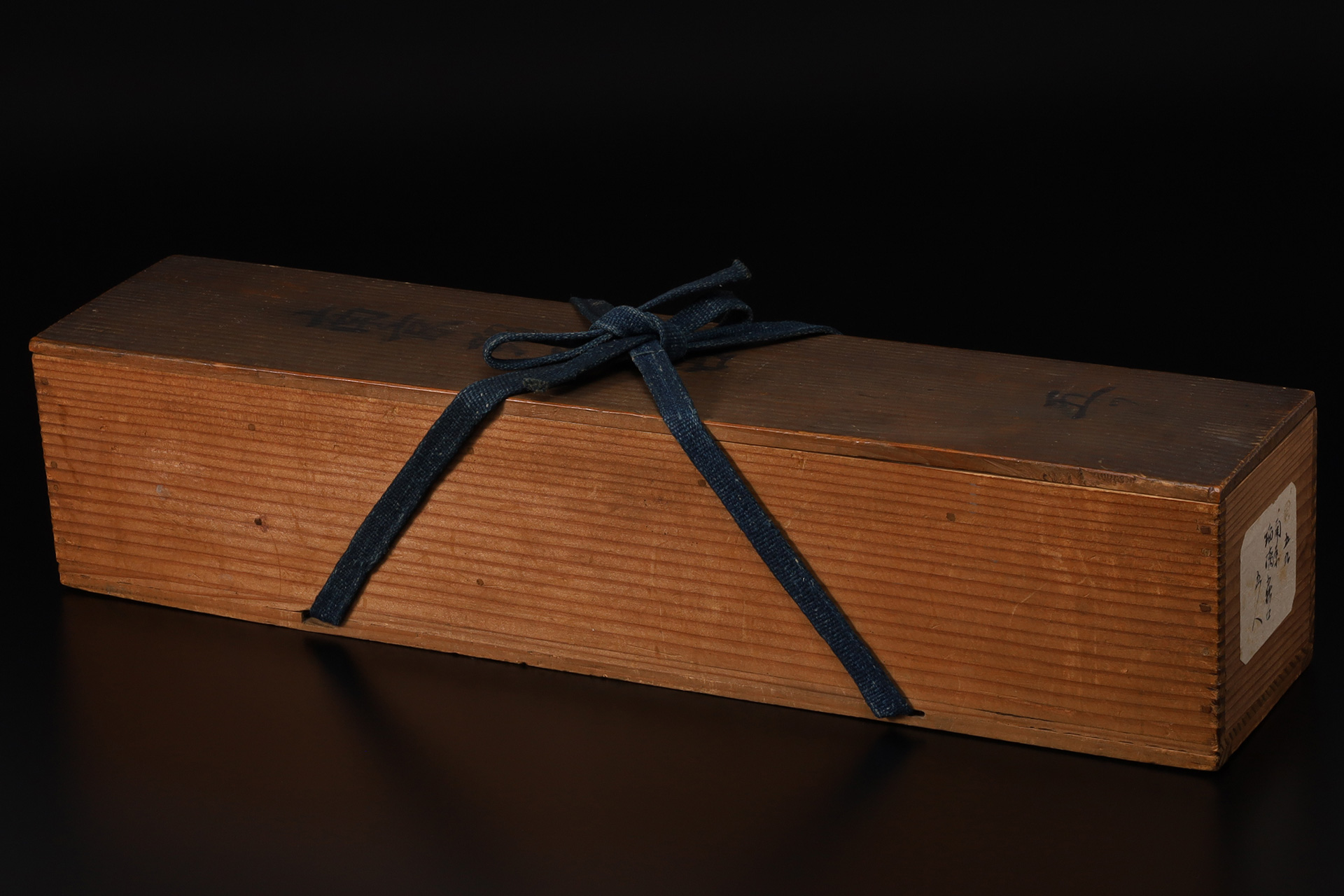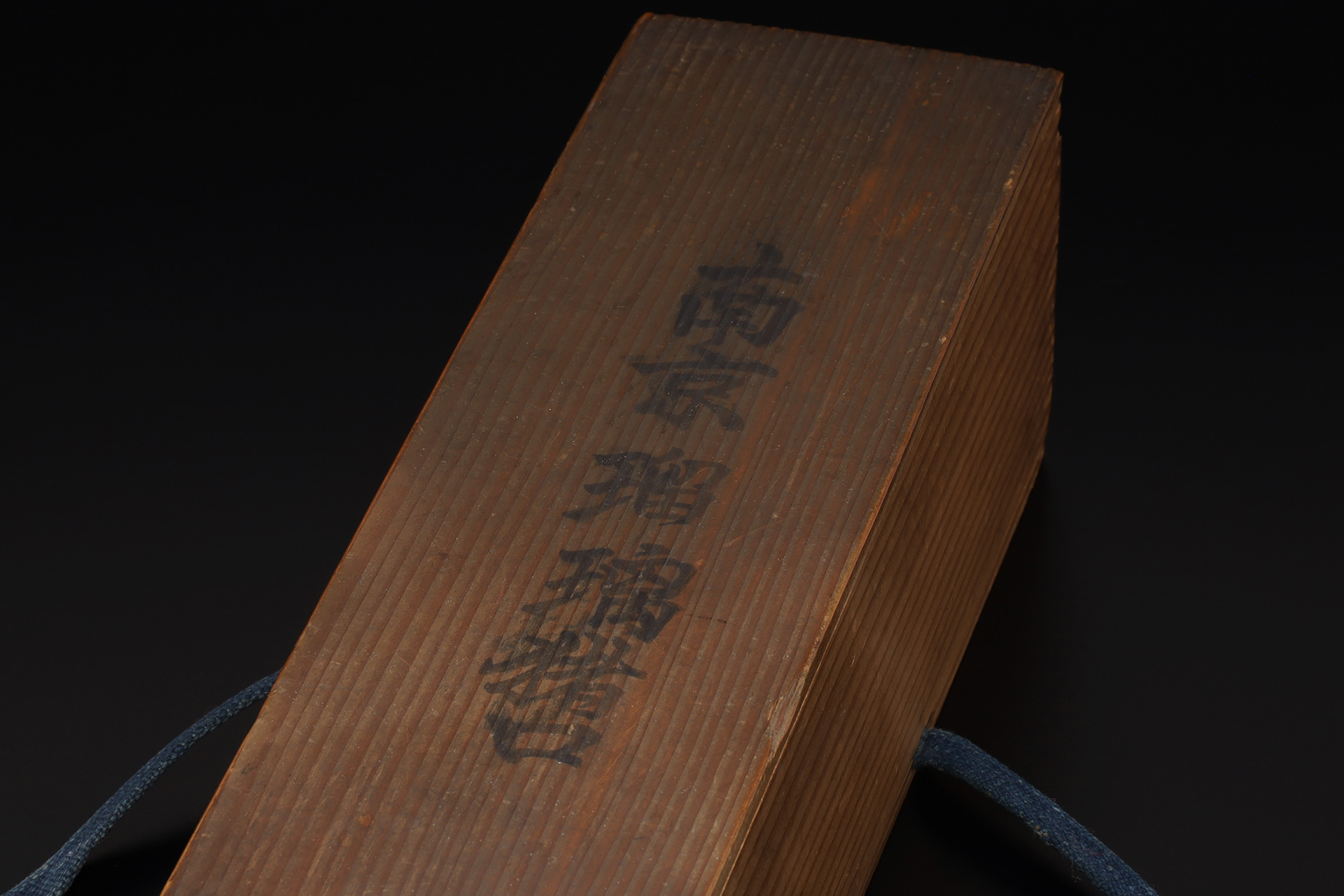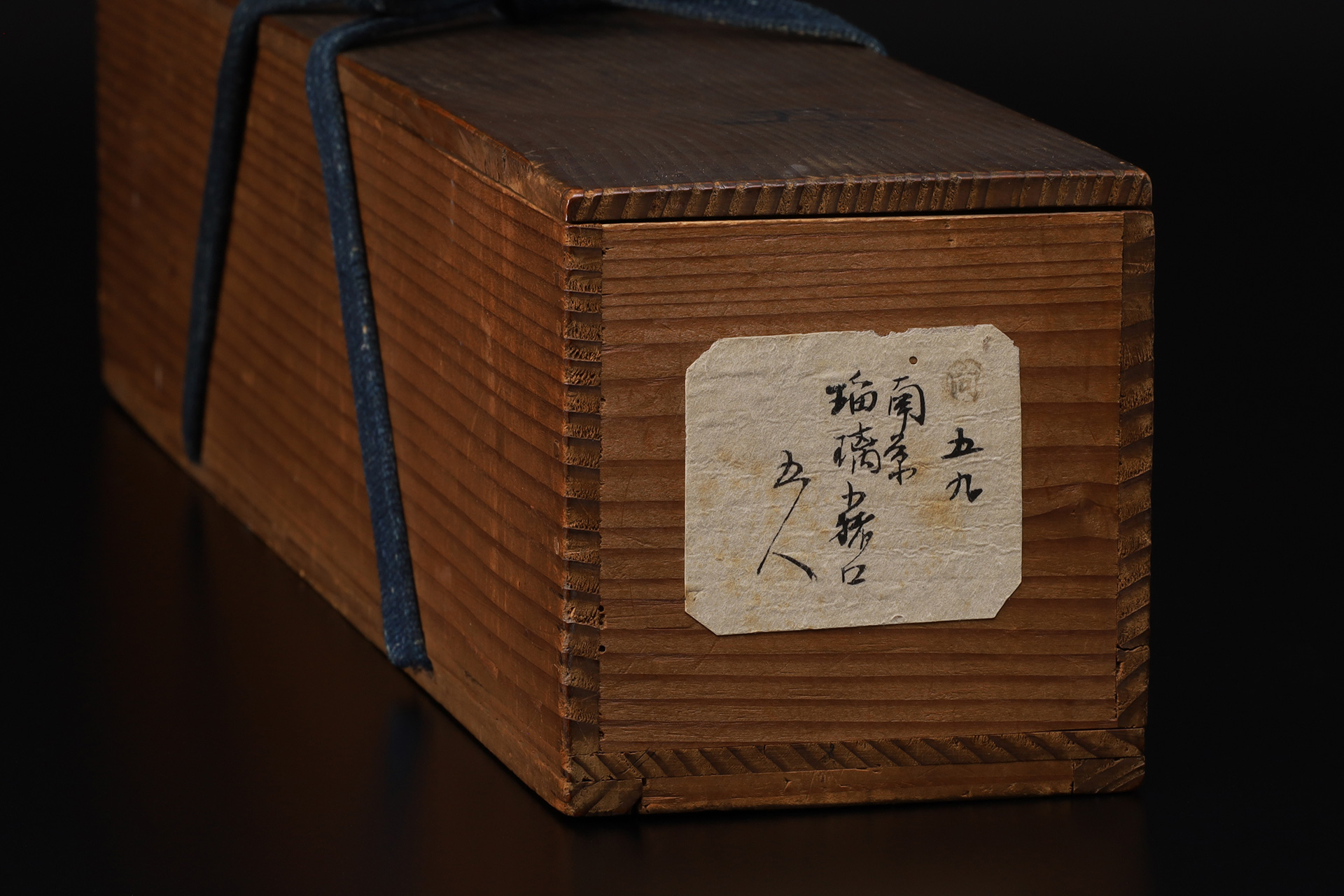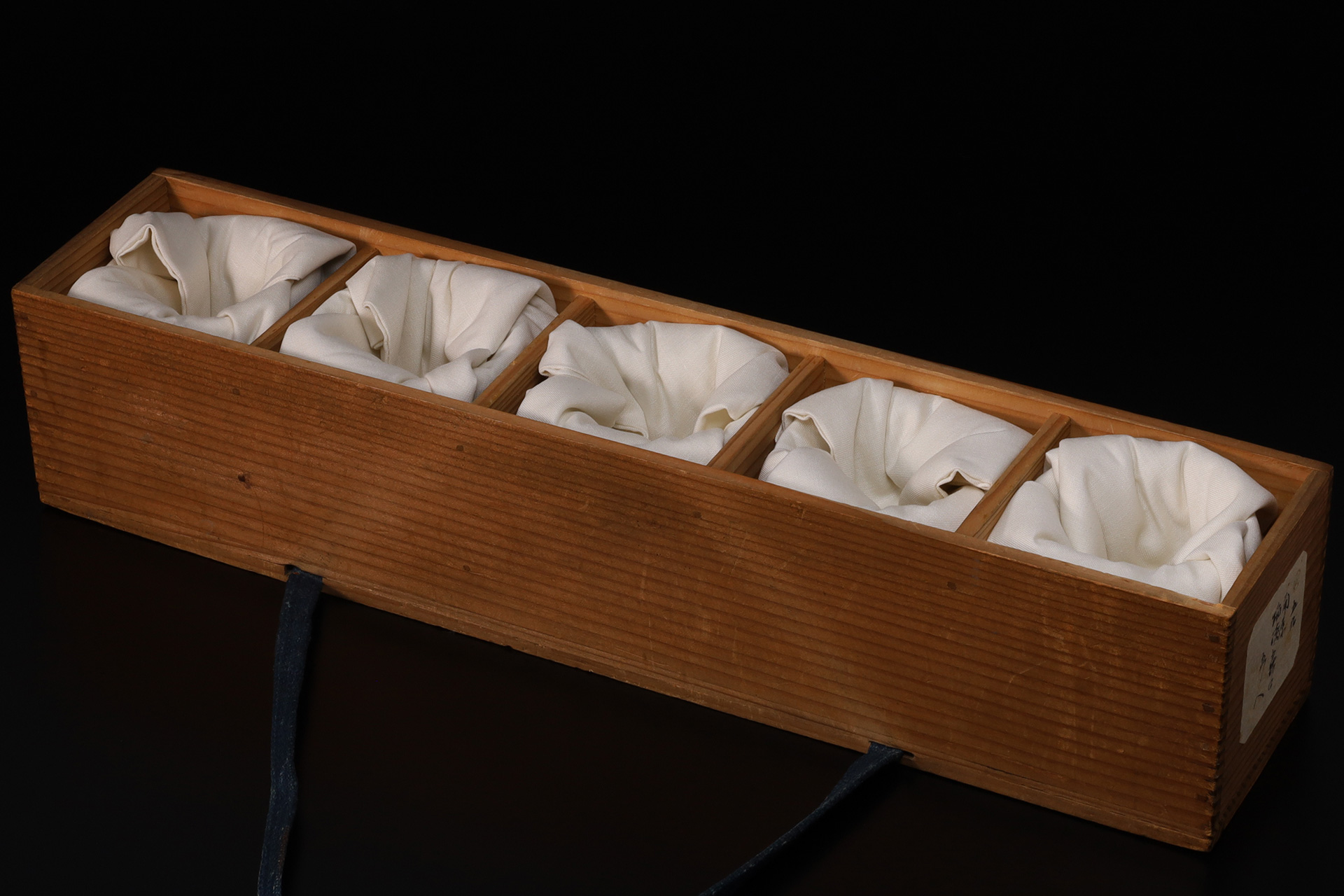Set of Five Nanjing Cups with Cobalt Blue Glaze and Incised Floral Design (Ming Dynasty)
1,000,000Yen(Tax Included)
A rare Nanjing cobalt glazed cups, echoing the refined spirit of ruri shonzui. The jewel-like blue glaze is delicately adorned with incised floral motifs, while the pure white interior imparts a sense of clarity and quiet sophistication. Though originally intended as a nozoki(cylindrical mukozuke), its versatile form lends itself equally to use as a beer cup or yunomi. Here, the elegance of a bygone era and the poetic presence of the vessel resonate in gentle harmony.
- Period
- Ming Dynasty
Early 17th century
- Weight
- Approx. 98g per piece
- Diameter
- Approx. 8.0cm
- Height
- Approx. 7.4cm
- Base Diameter
- Approx. 3.6cm
- Accompaniments
- Period box
- Condition
- ・4 cups: Intact (There are mushikui on the rim)
・1 cup: There is a hairline crack on the rim
Ideal porcelain surface, vivid cobalt glaze, and well-balanced firing. One cup has a faint hairline on the rim, but it remains inconspicuous.

Ko-Sometsuke
Ko-Sometsuke refers to a distinctive group of blue-and-white porcelain fired at the Jingdezhen kiln during the late Ming Dynasty, particularly in the Tianqi Era(1621–27). A distinct group of blue-and-white porcelains, known as Ko-Sometsuke, is cherished as a category of its own, characterized by unique stylistic features. In contrast to the Qing Dynasty Shin-watari(New Imports), these works belong to the older tradition of Ko-watari(Old Imports), and many surviving examples were transmitted to Japan. Following the death of the Wanli Emperor, the Jingdezhen imperial kiln was shut down, and Jingdezhen private kiln assumed control over both production and distribution. Many potters who had once served in the Imperial kiln moved to Private kiln to sustain their livelihoods, leaving behind works that still reflect the refinement of official ware. A significant portion of these works are classified as Ko-Sometsuke and Shonzui. Ko-Sometsuke is broadly divided into two categories: tea pottery commissioned by Japanese tea masters, and everyday utensils for general use. As tea pottery, Ko-Sometsuke works were crafted in imitation of the thick-bodied forms favored by Japanese tastes, characterized by substantial walls and a bold, vigorous presence. In the late Ming Dynasty, Japanese tea masters actively commissioned the production of novel tea utensils, seeking works that reflected their individual aesthetic sensibilities. Many Ko-Sometsuke works exhibit a phenomenon in which the glaze flakes away due to differences in shrinkage between the base and the glaze, exposing the underlying base. This effect, resembling insect bites, is poetically referred to as “Mushikui”. This phenomenon is most commonly observed along the rim and at corner, where the glaze tends to be applied more thinly. Though typically regarded as a flaw in conventional ceramics, tea masters discerned in it a natural elegance, appreciating its rustic simplicity as a form of aesthetic expression.
